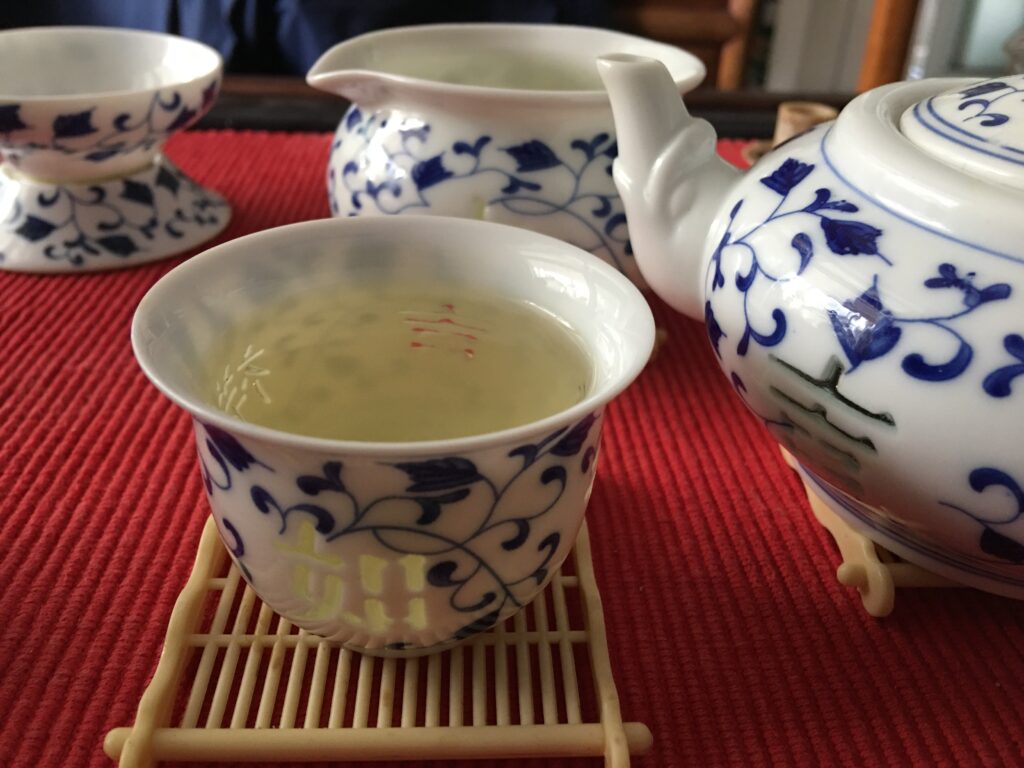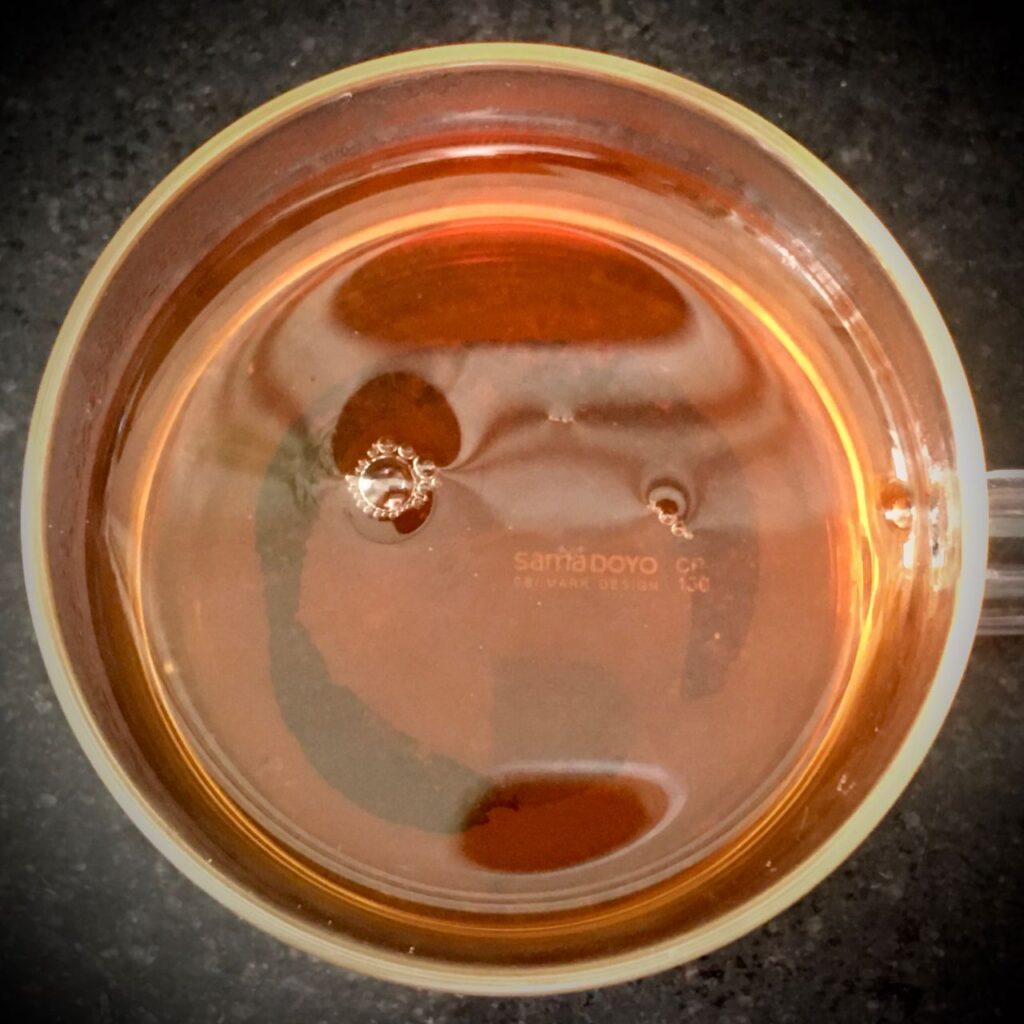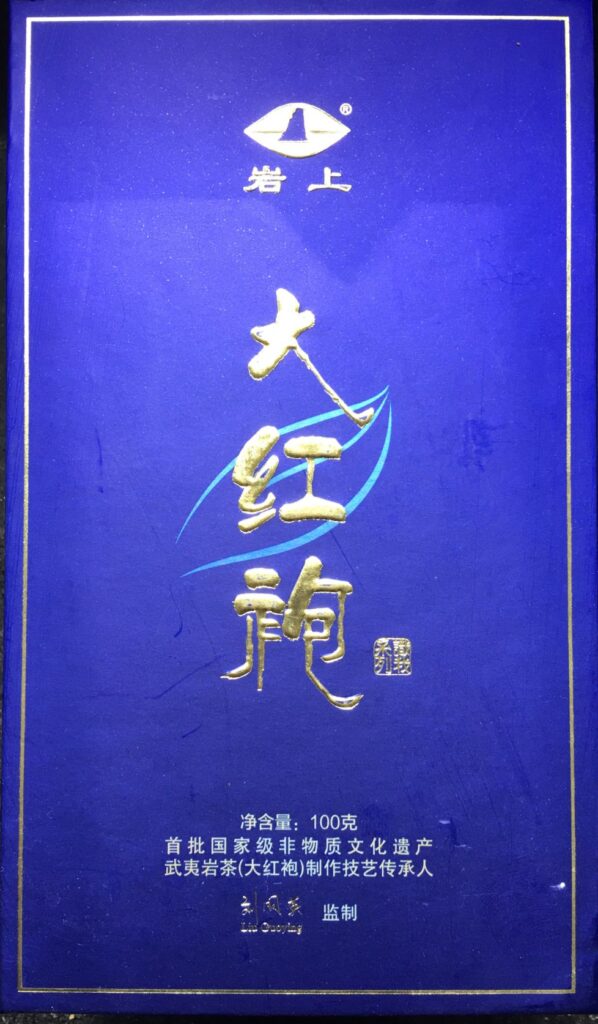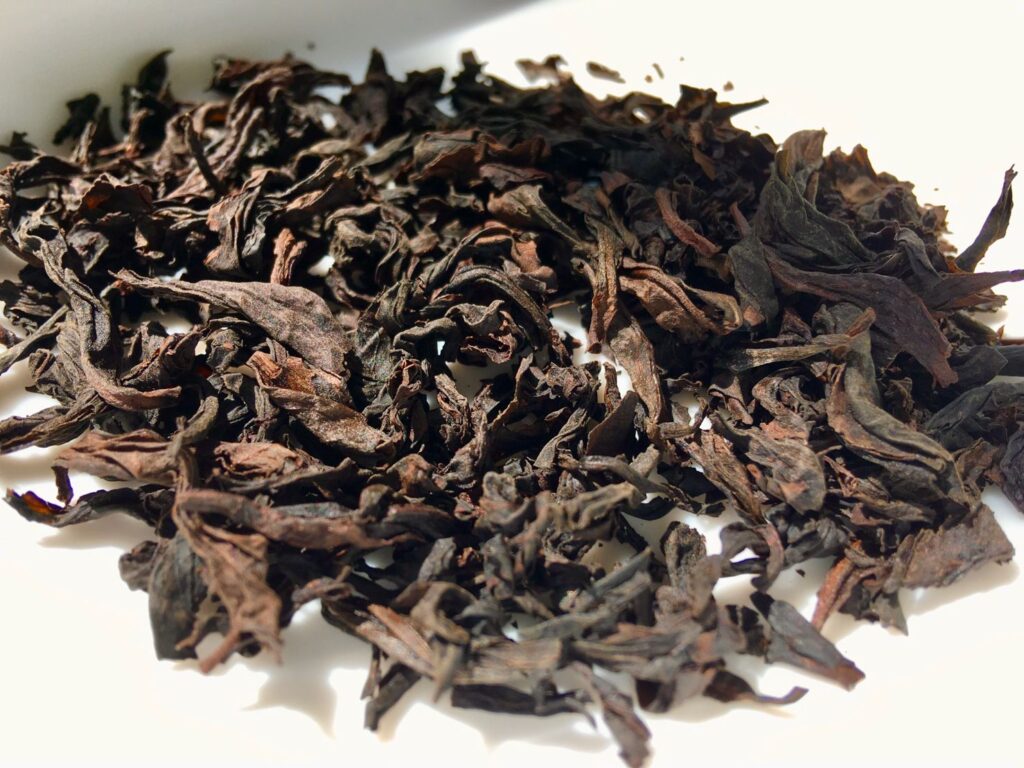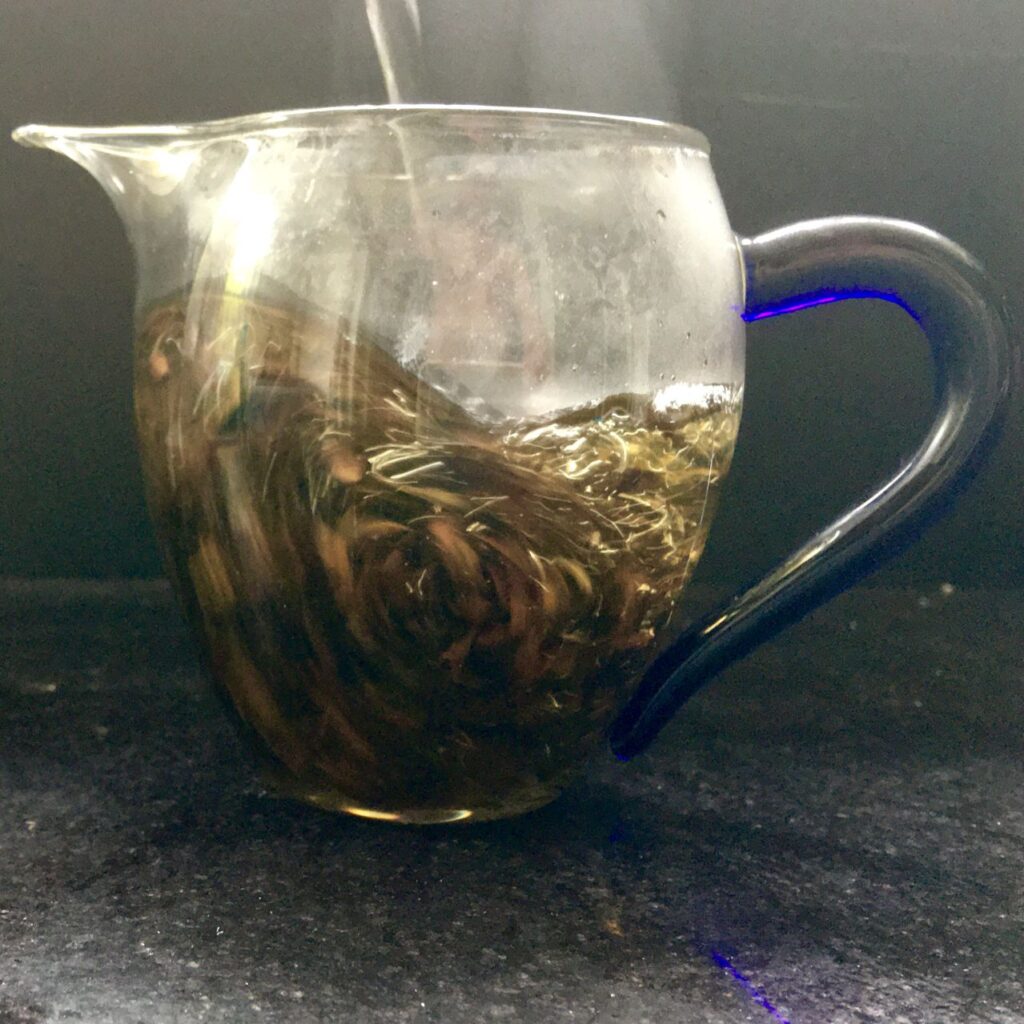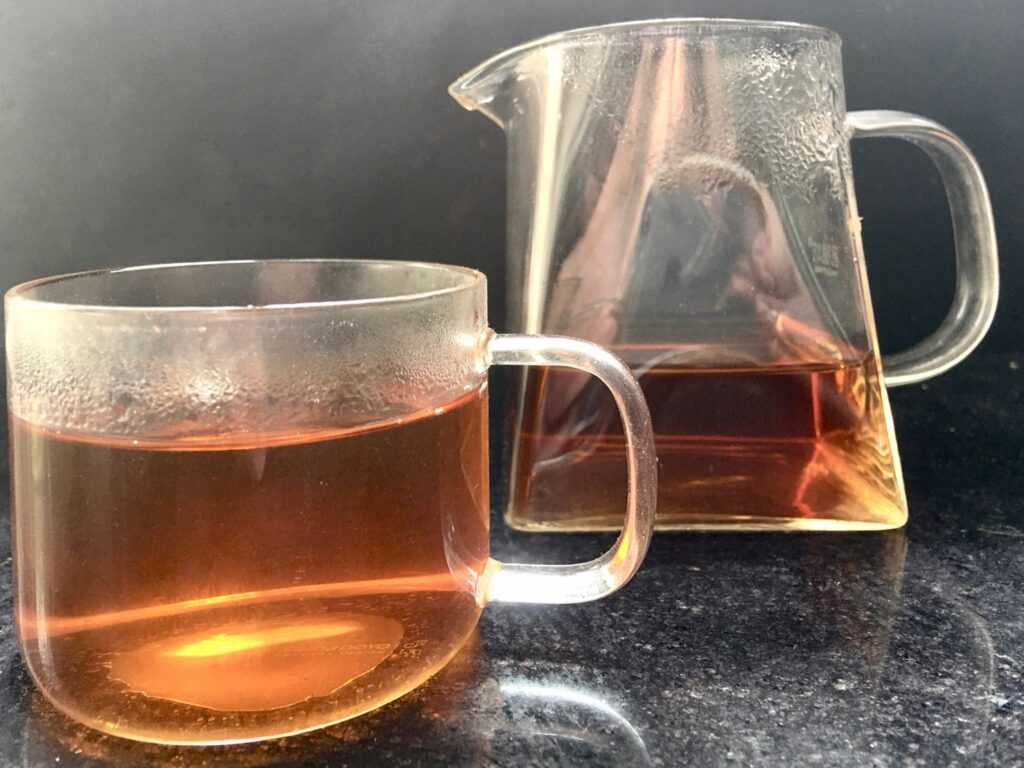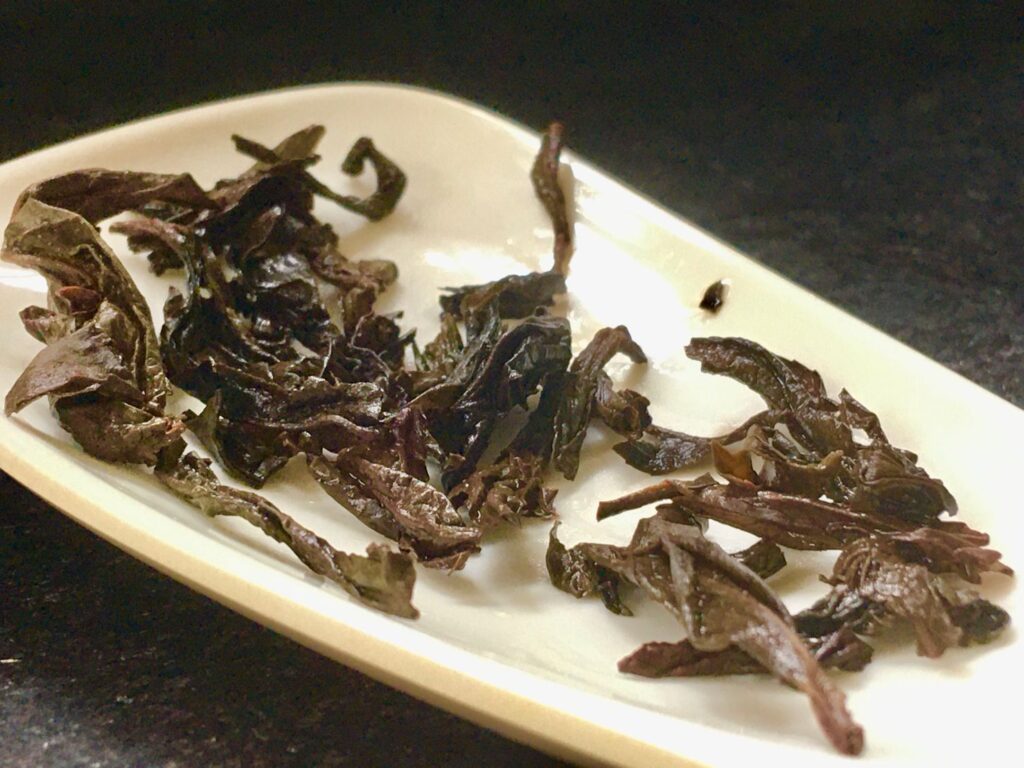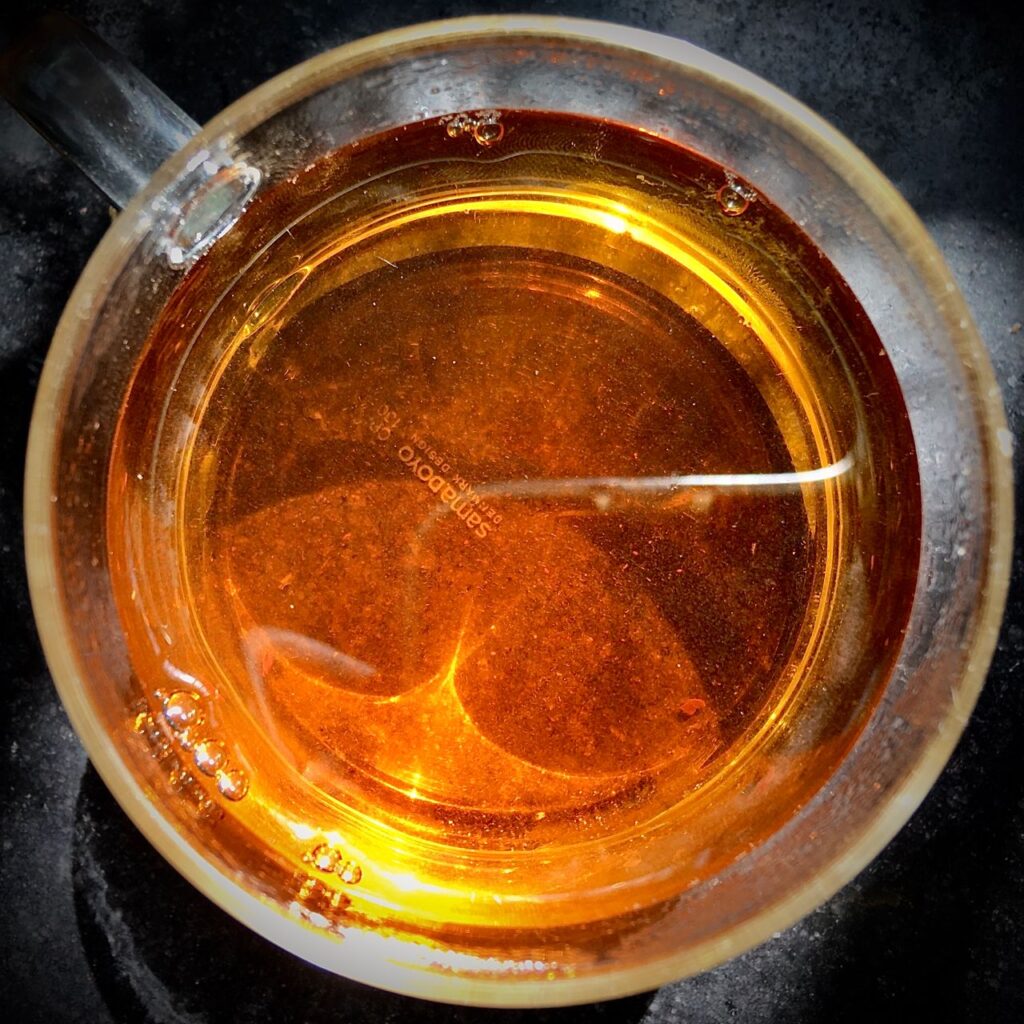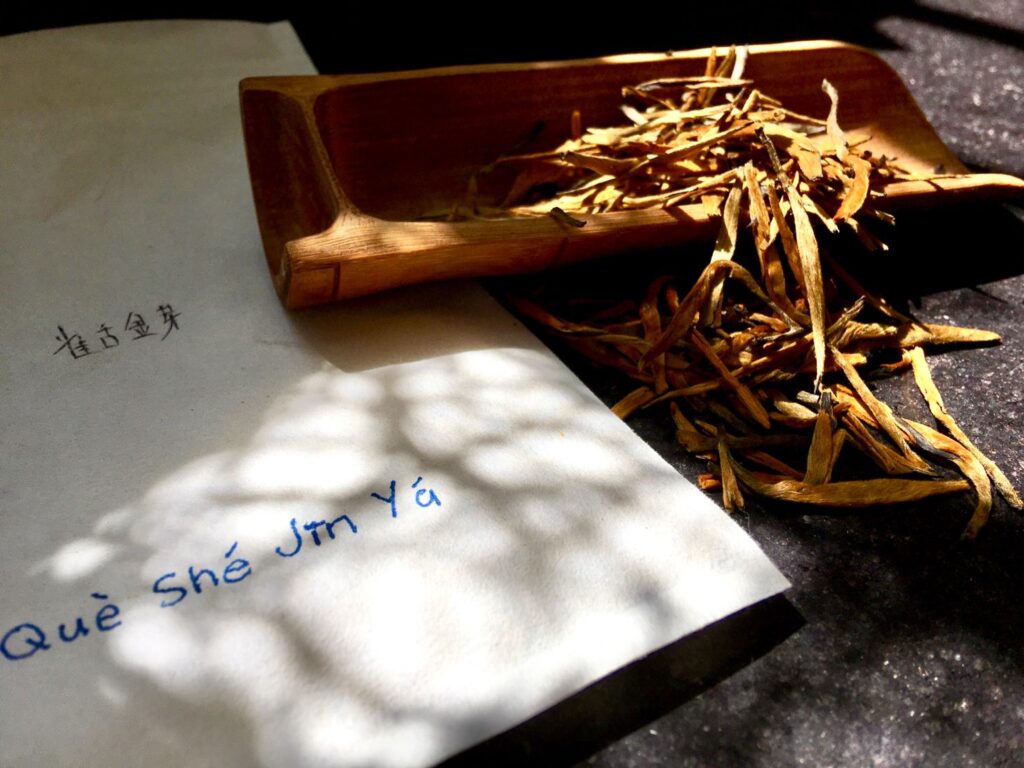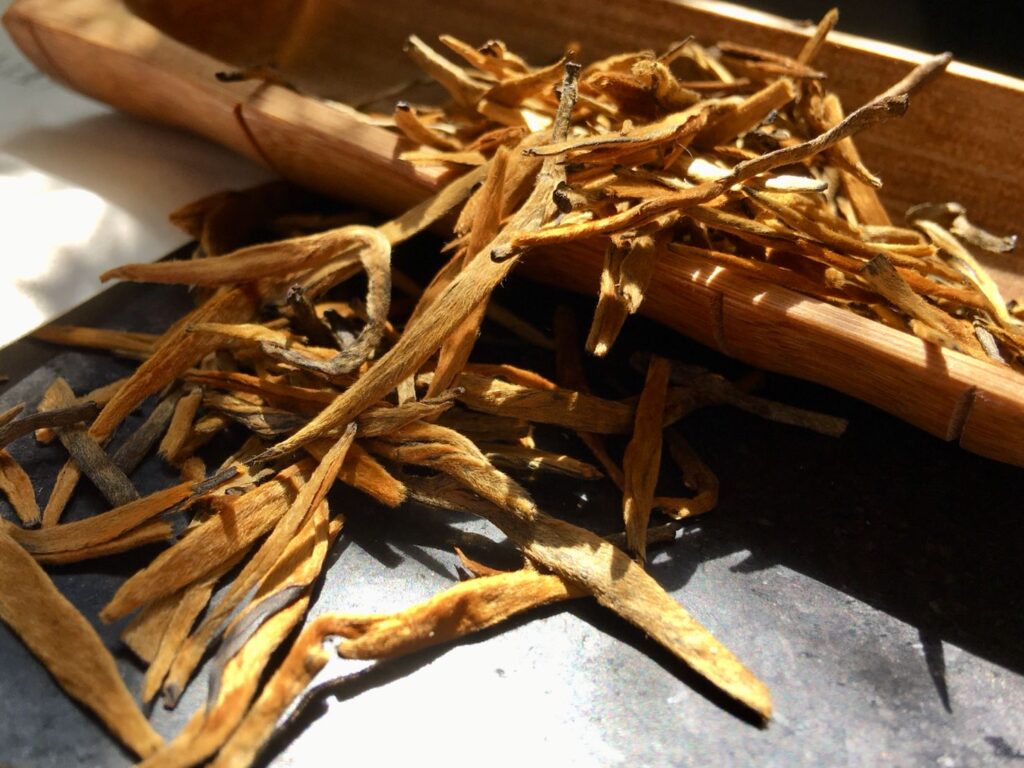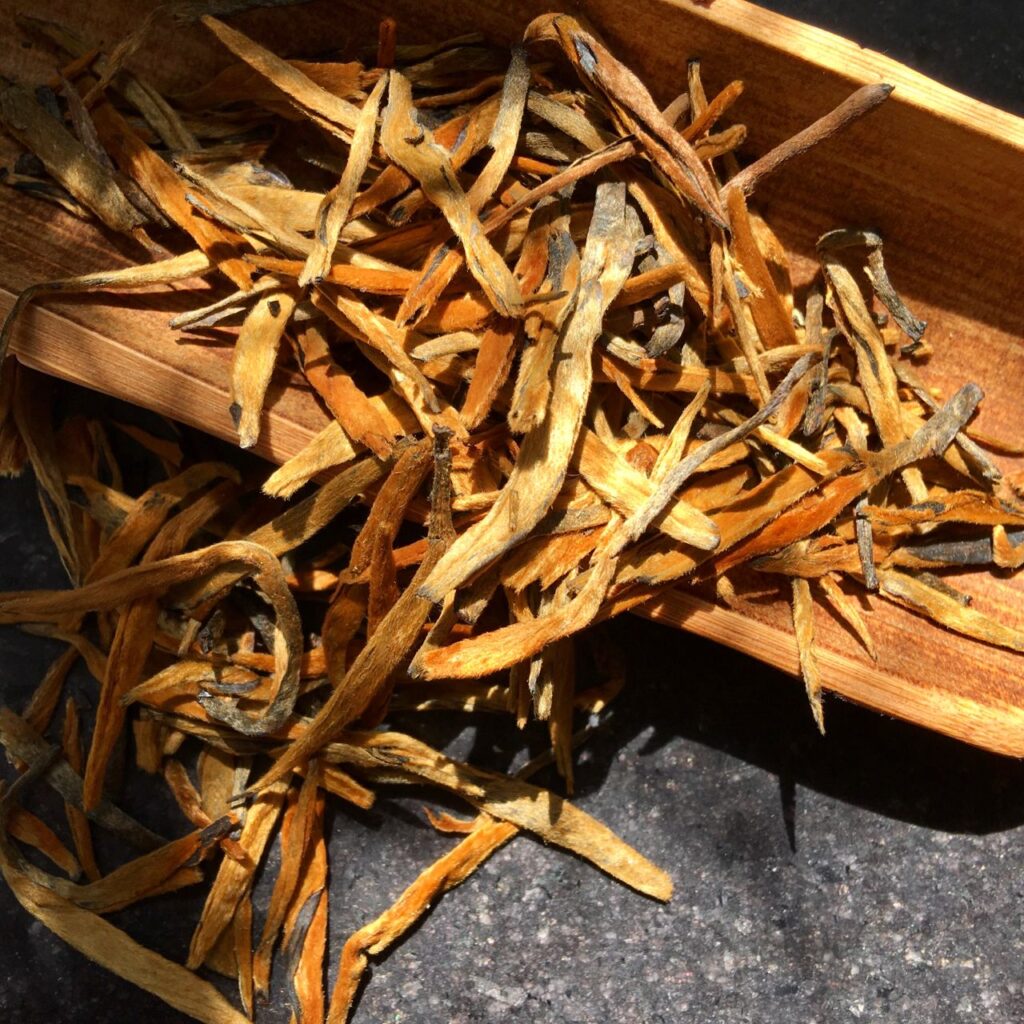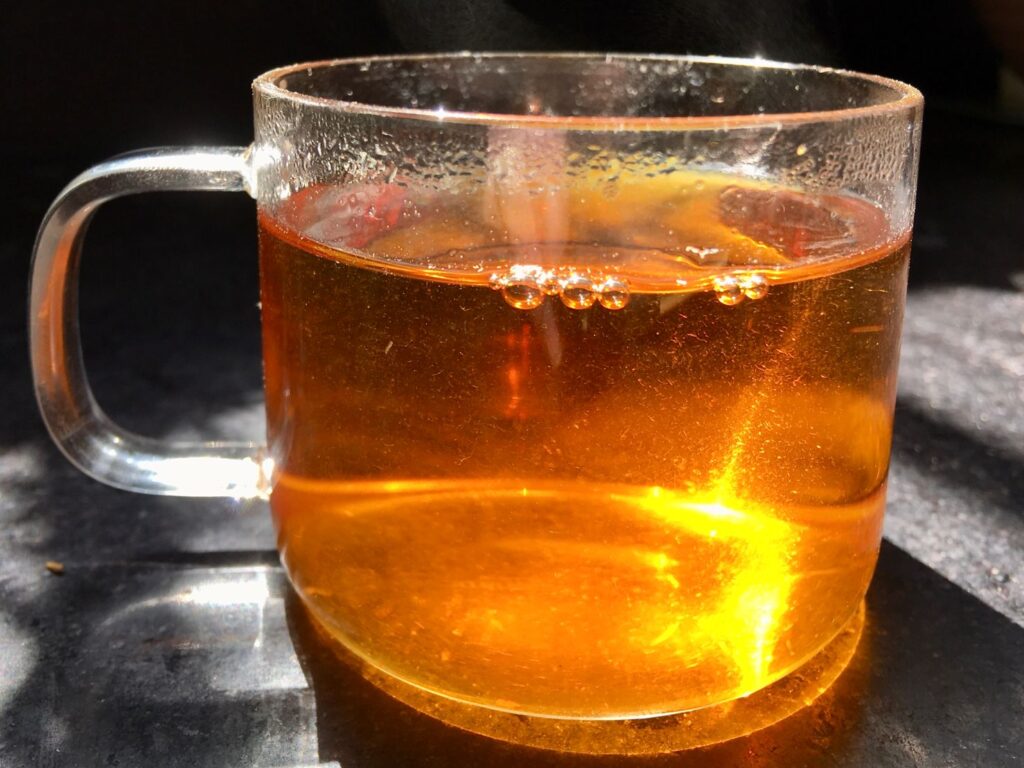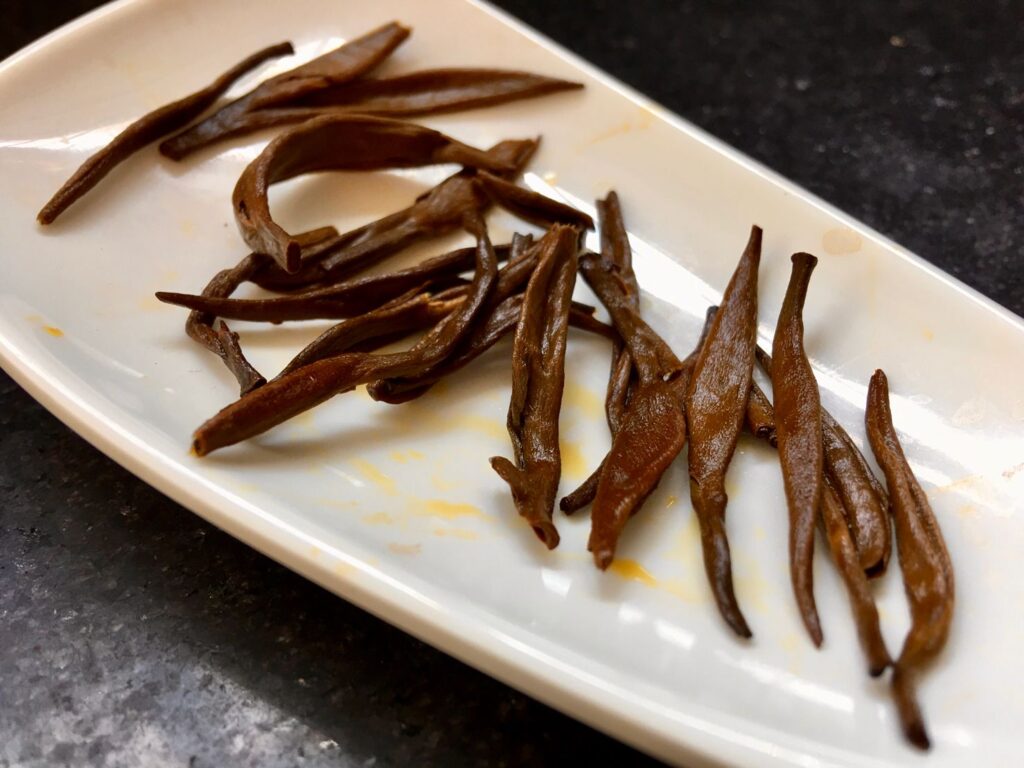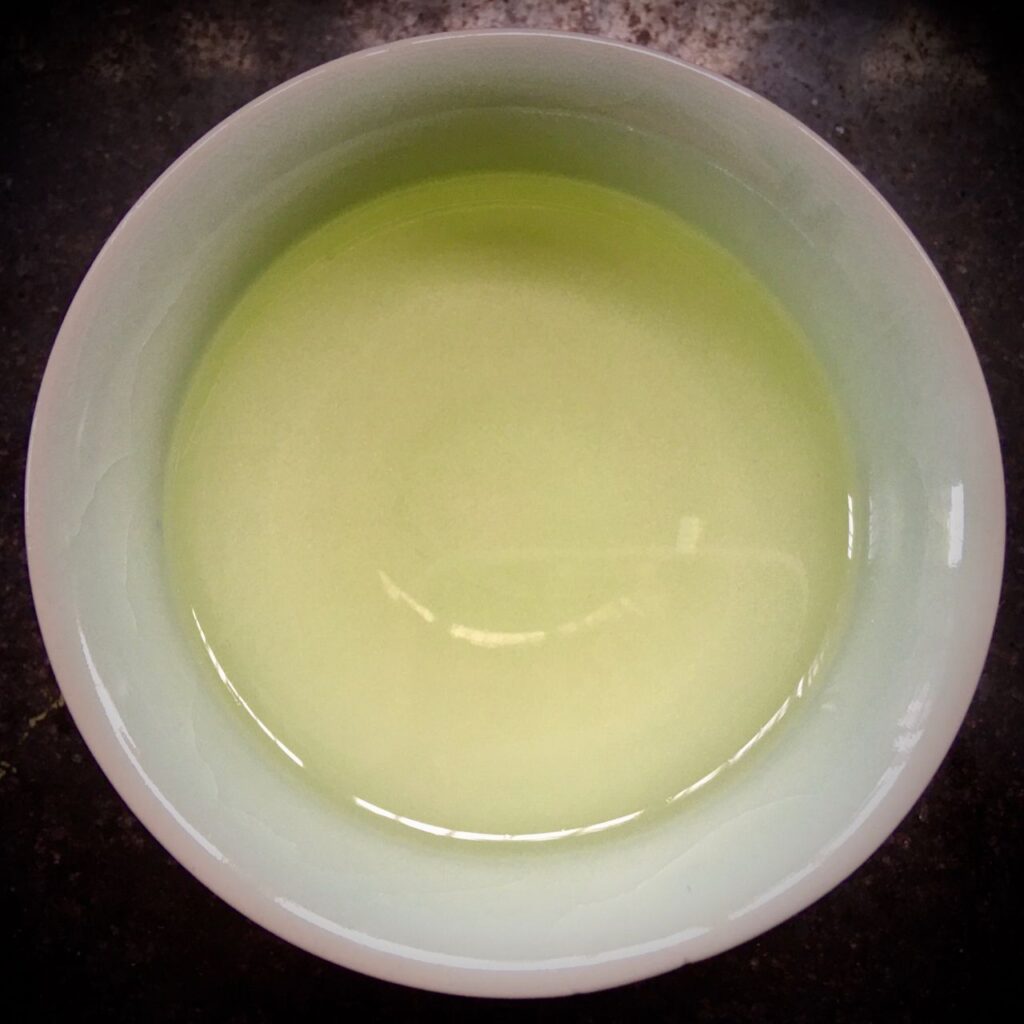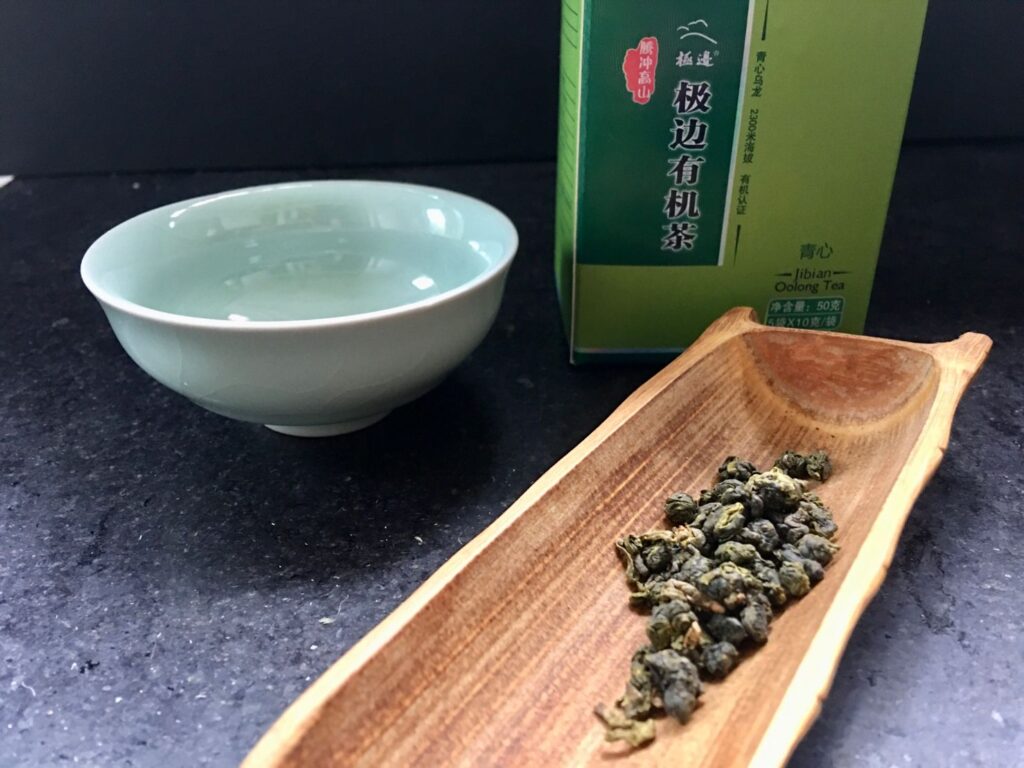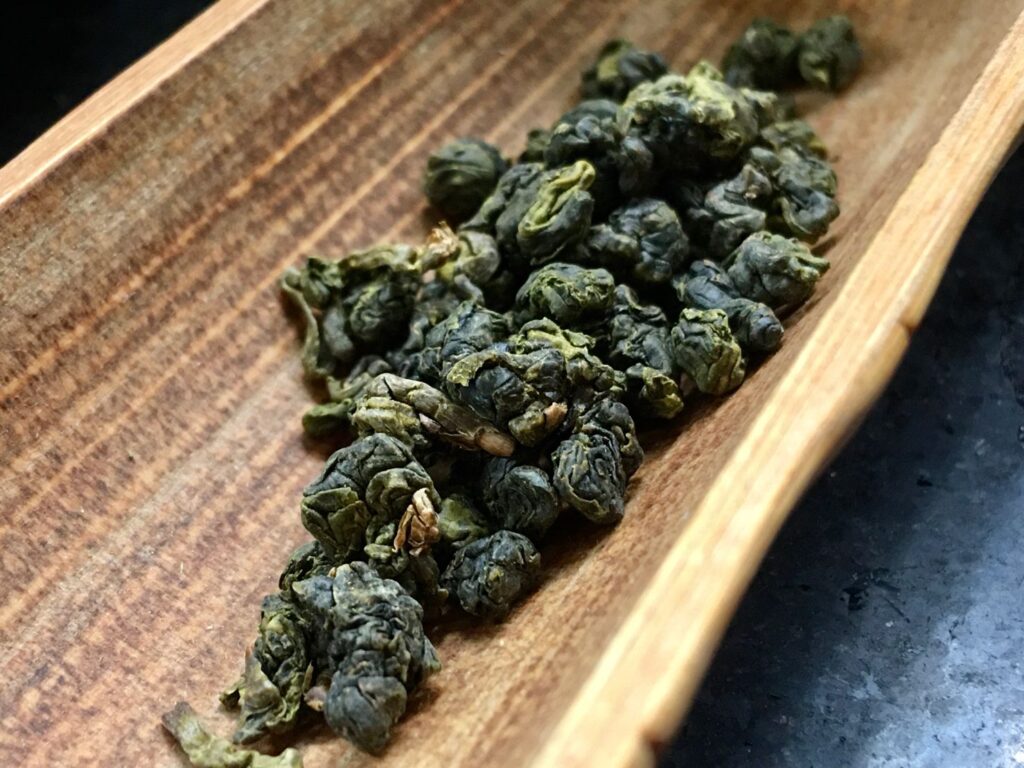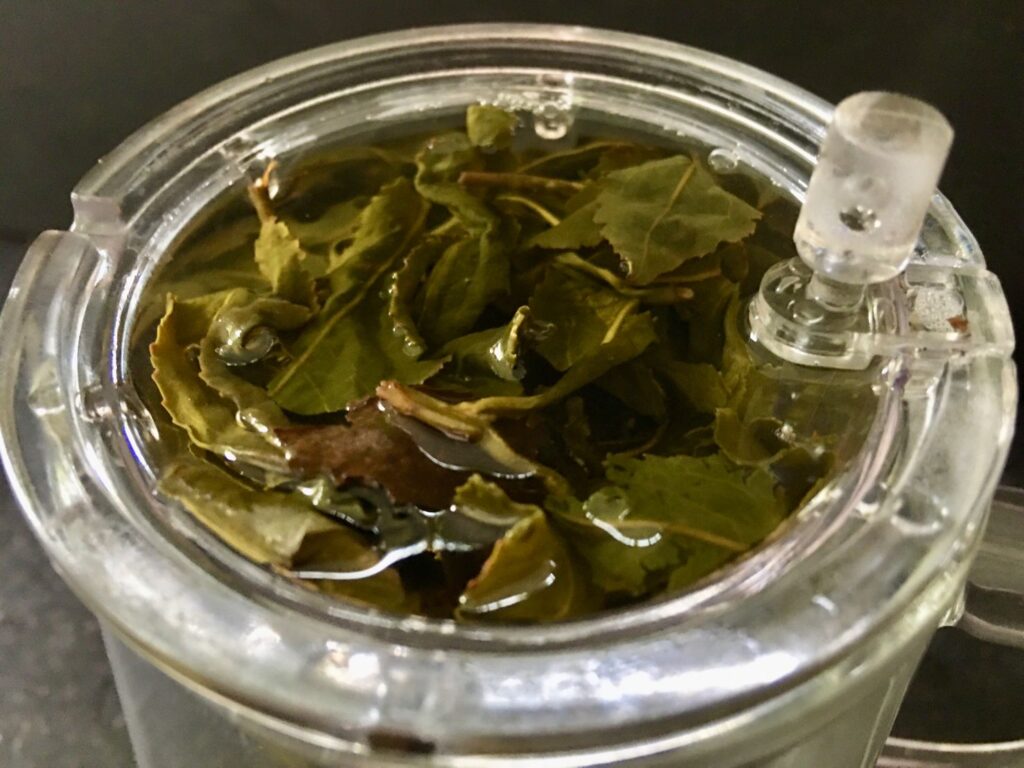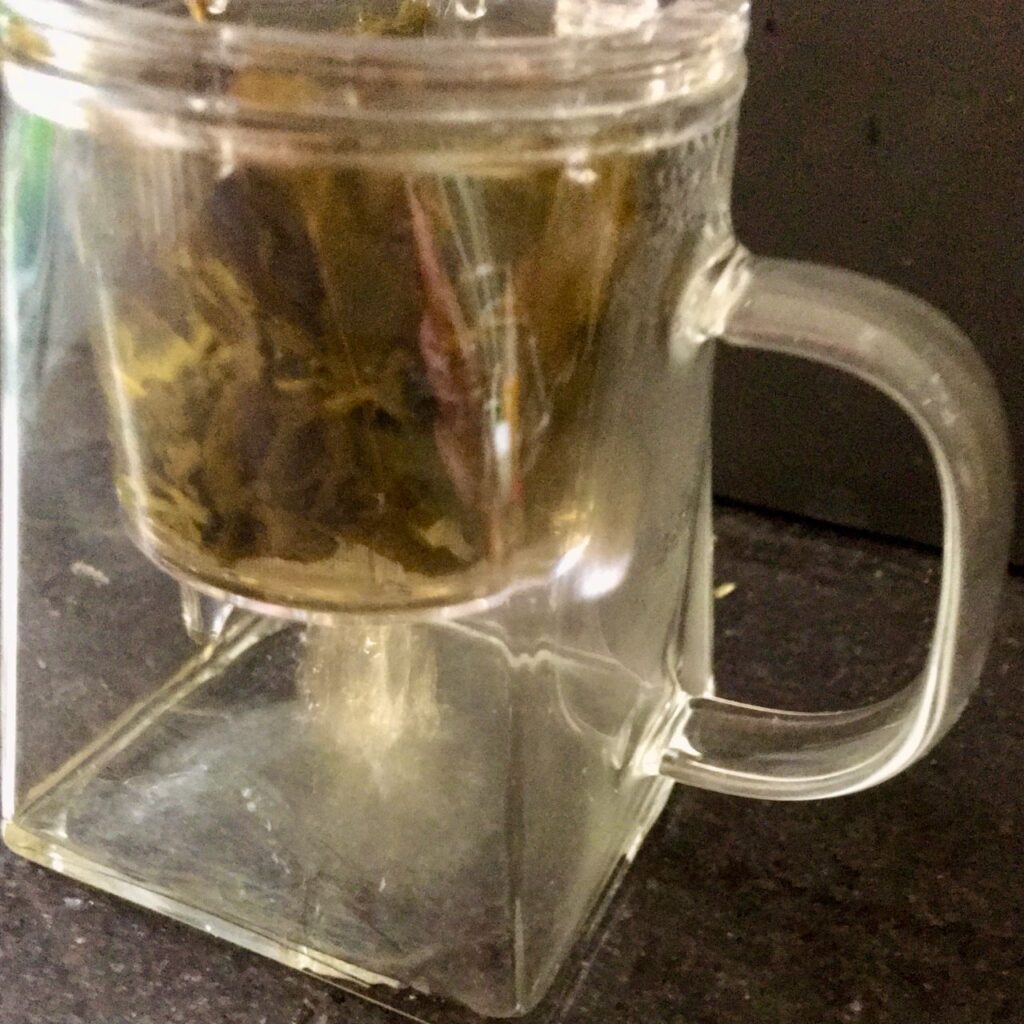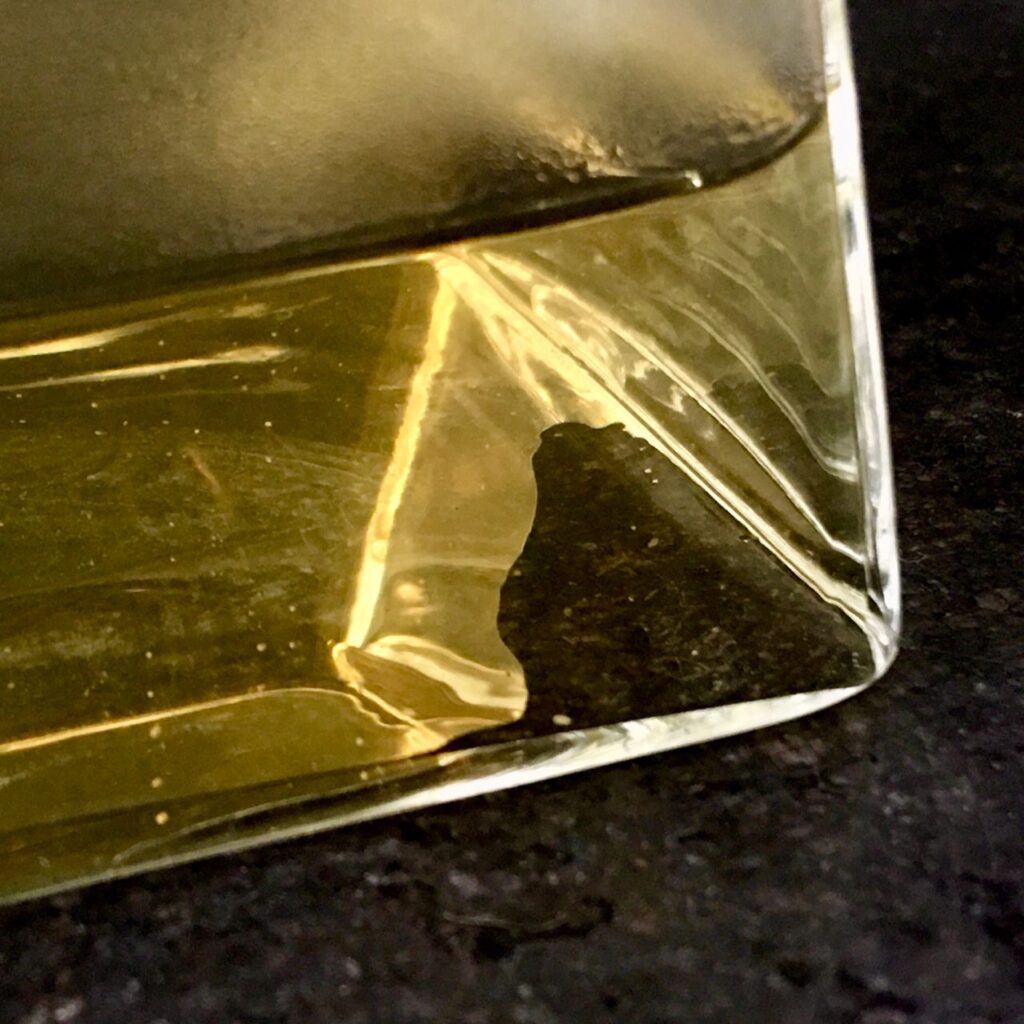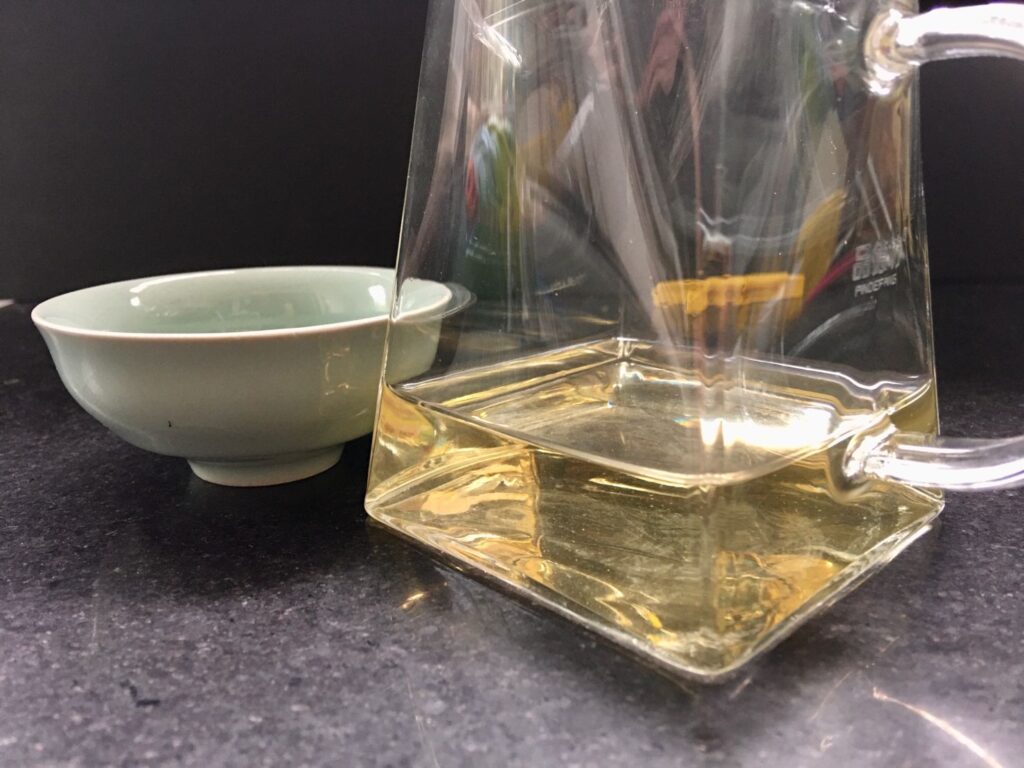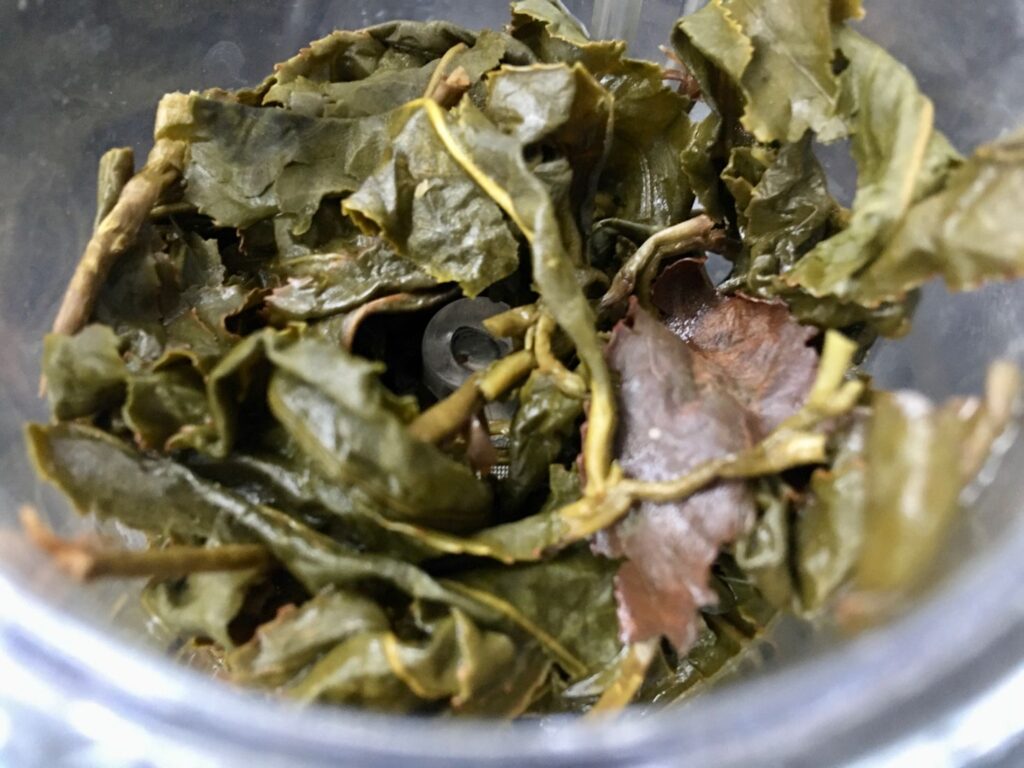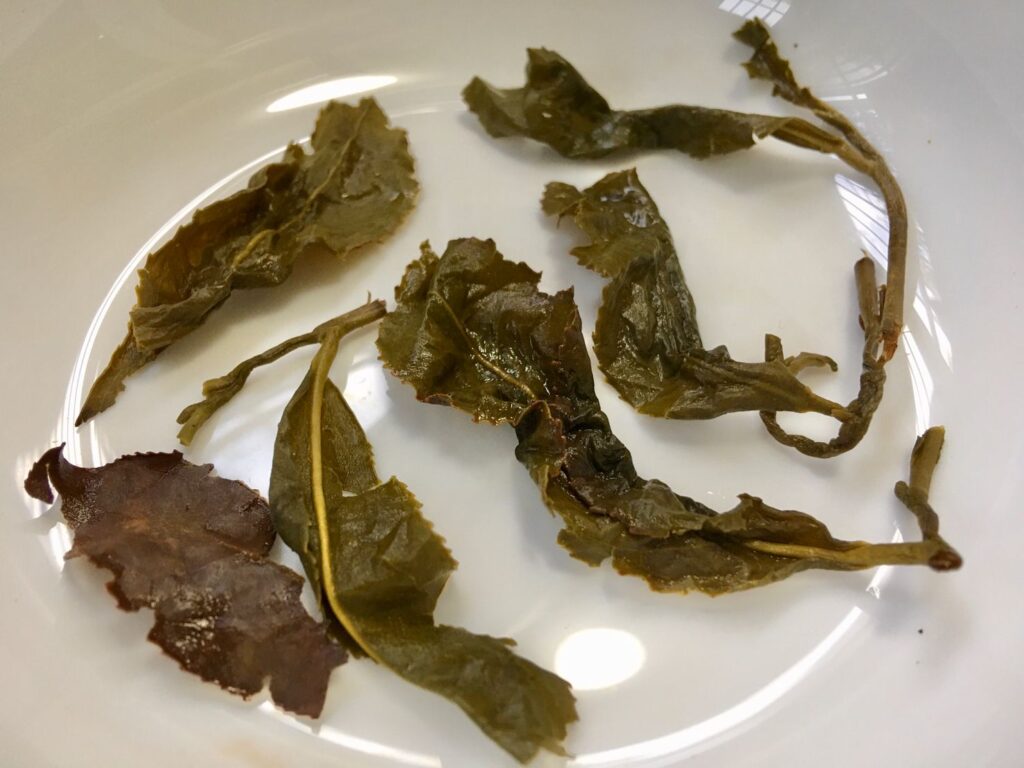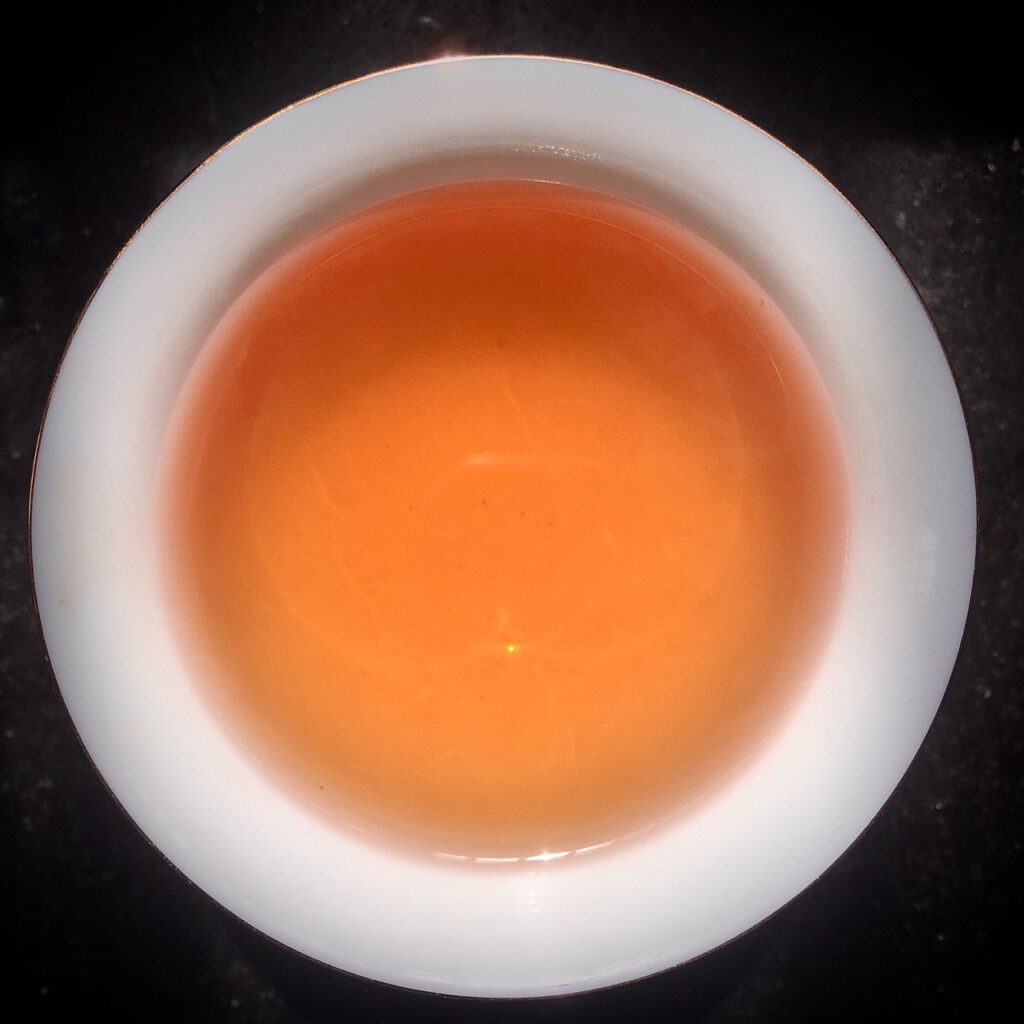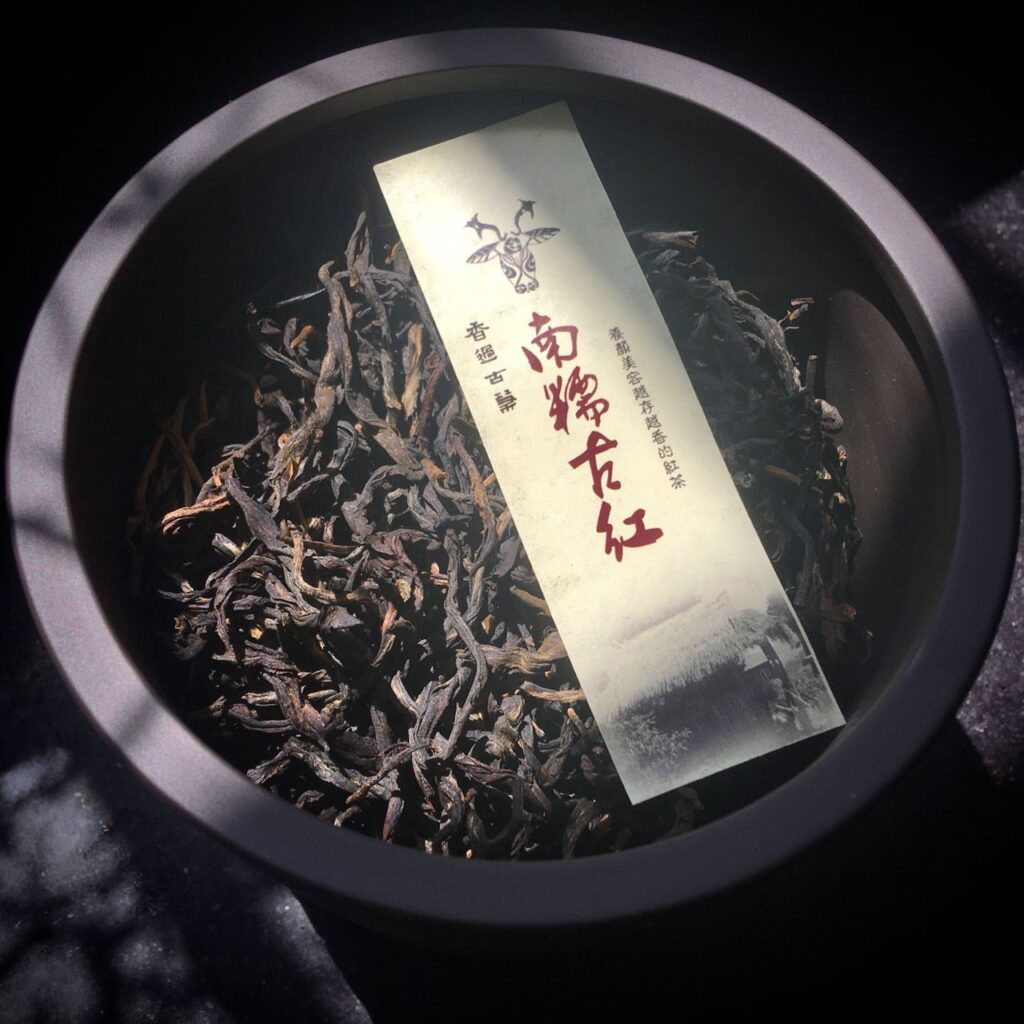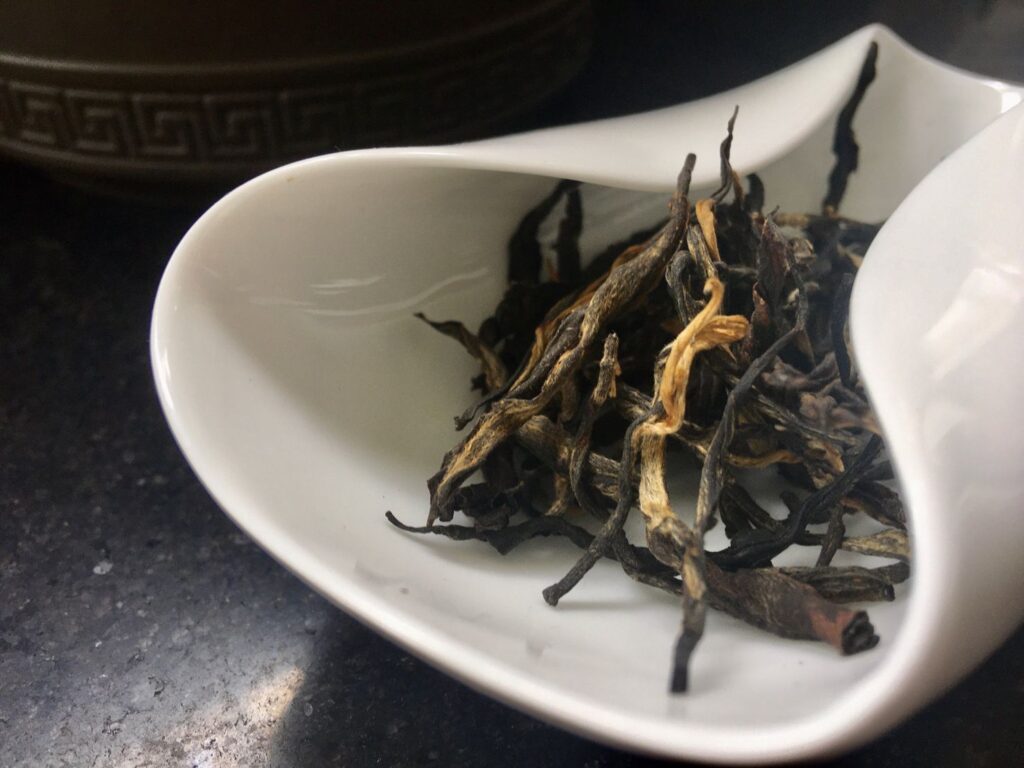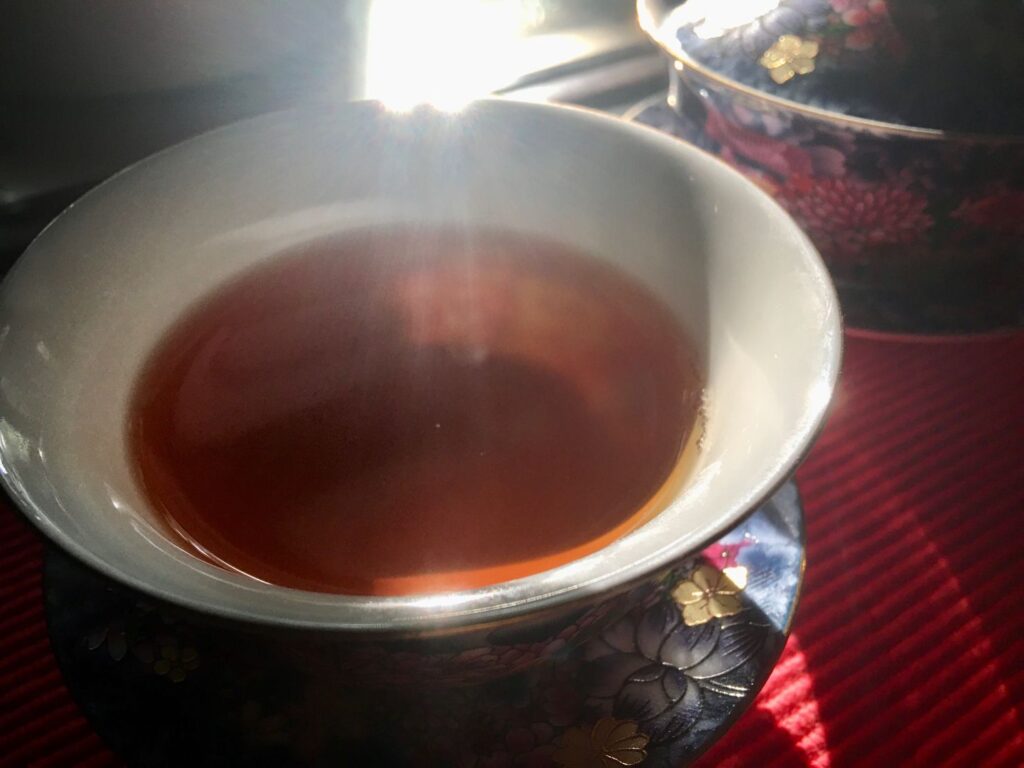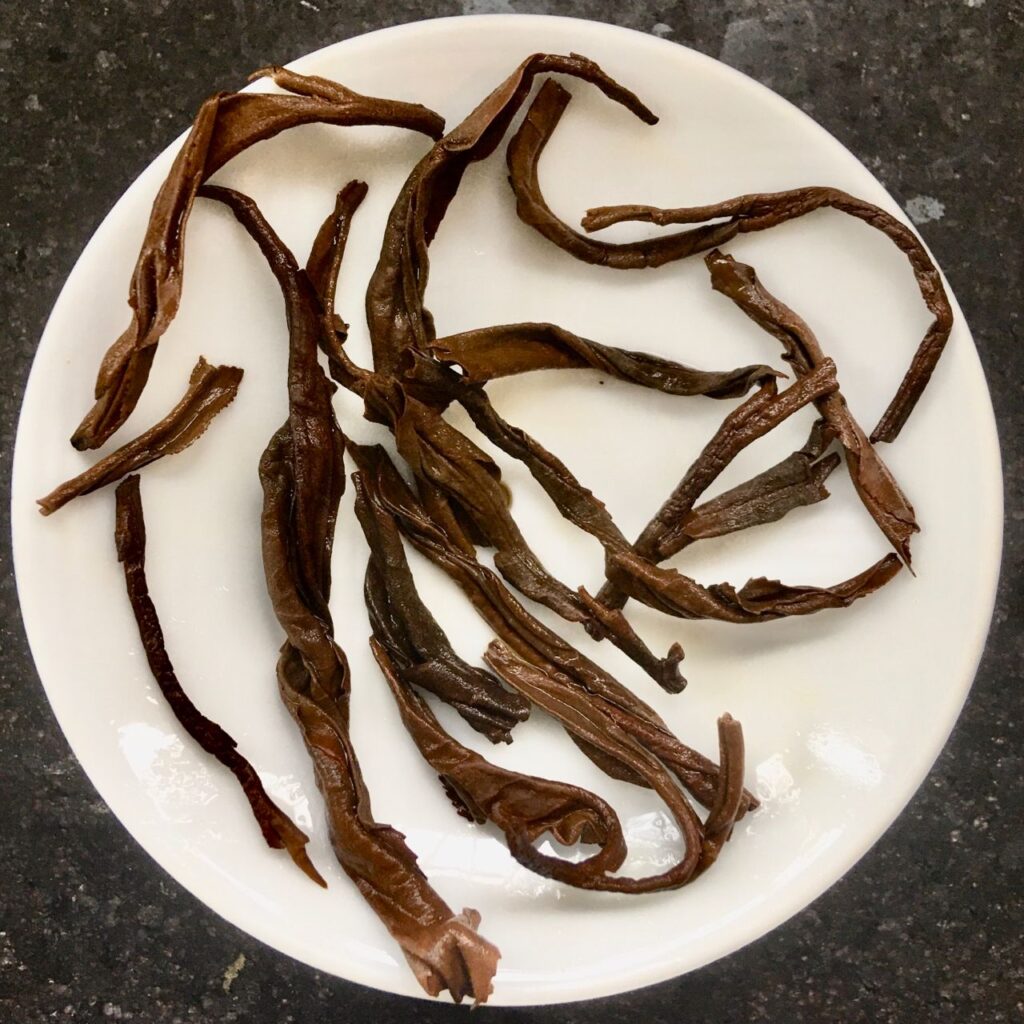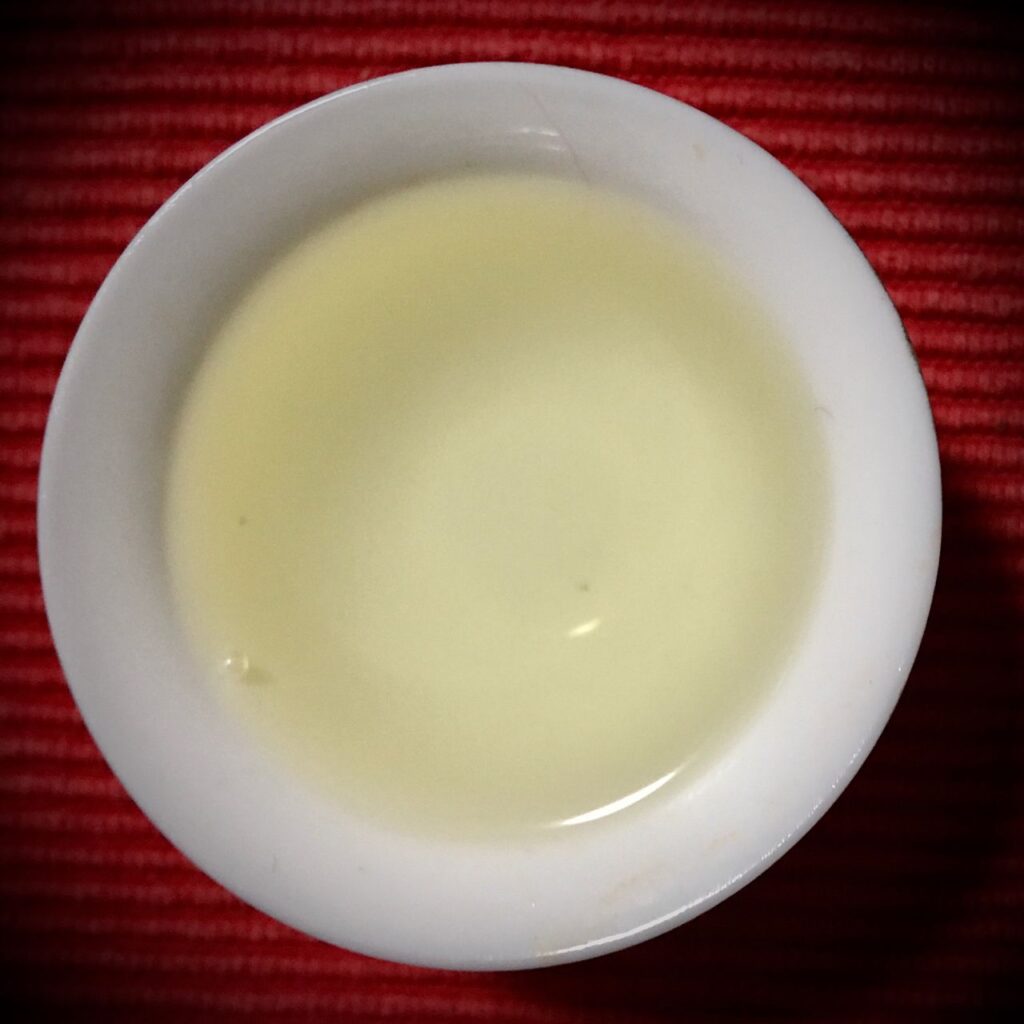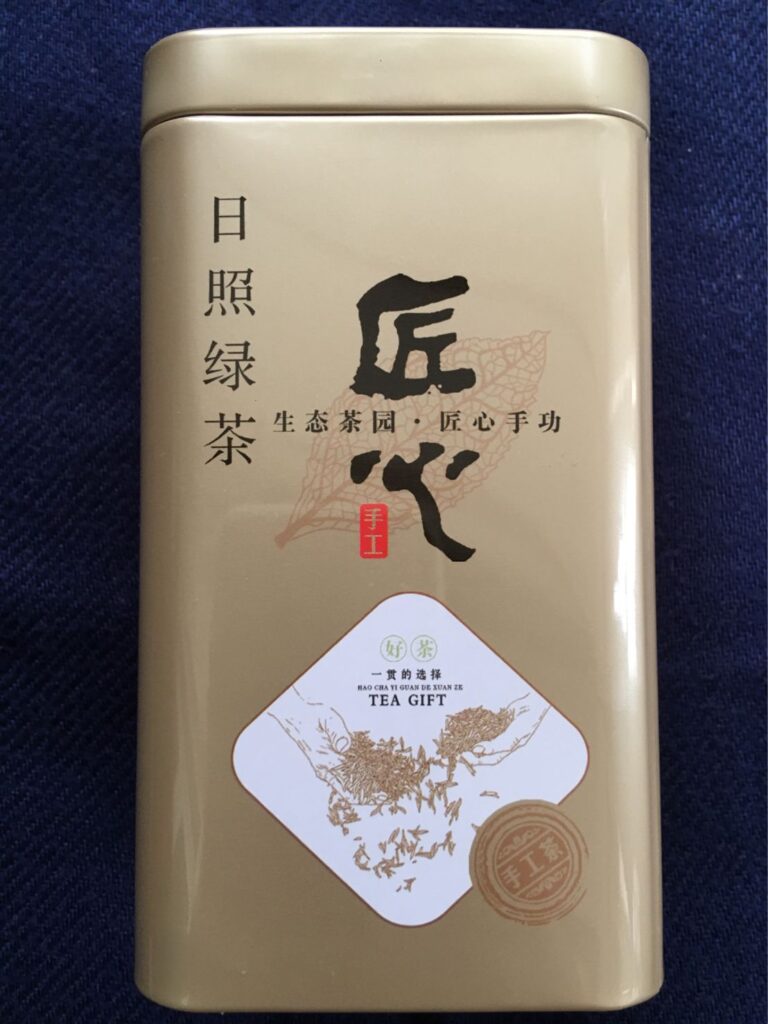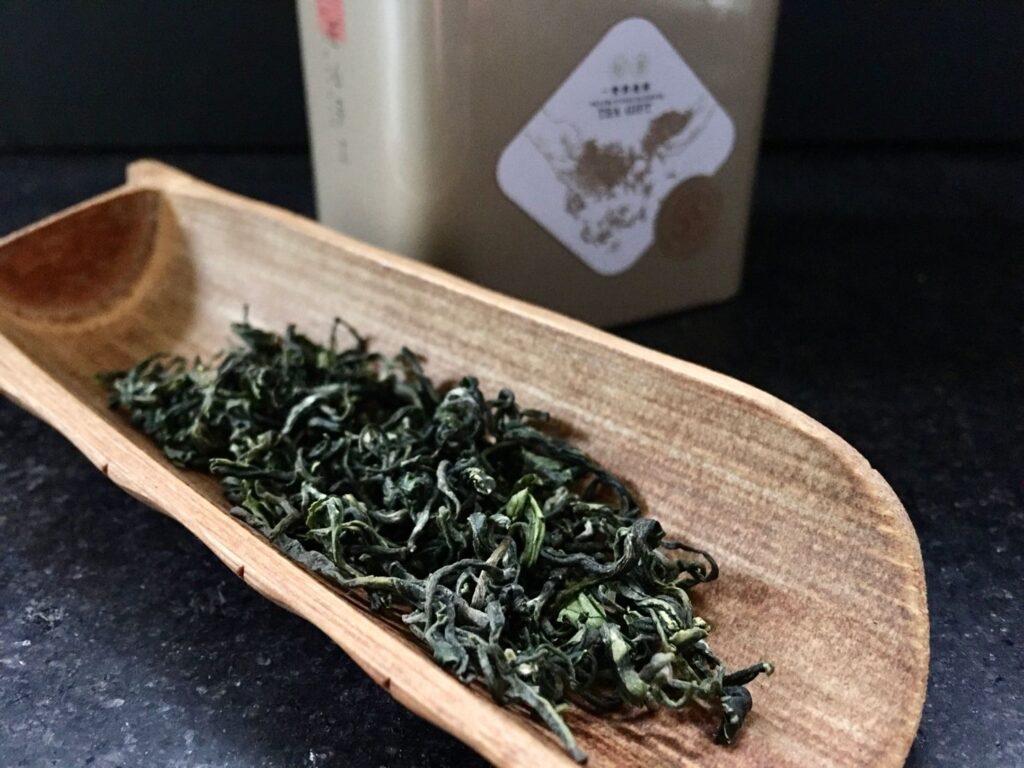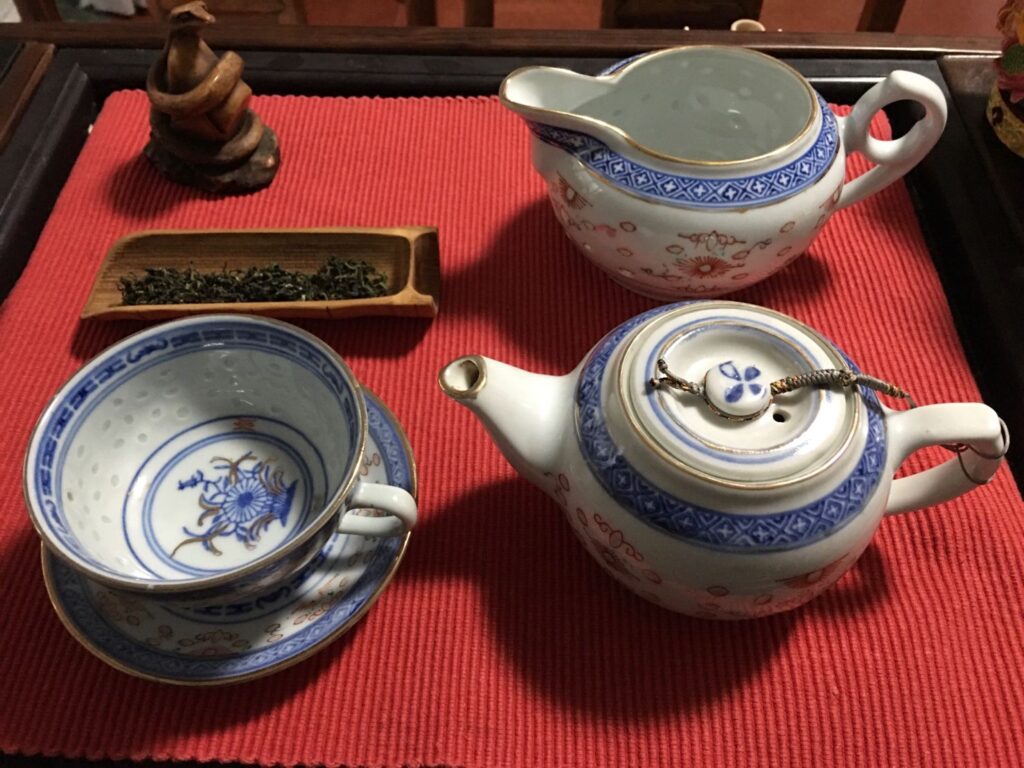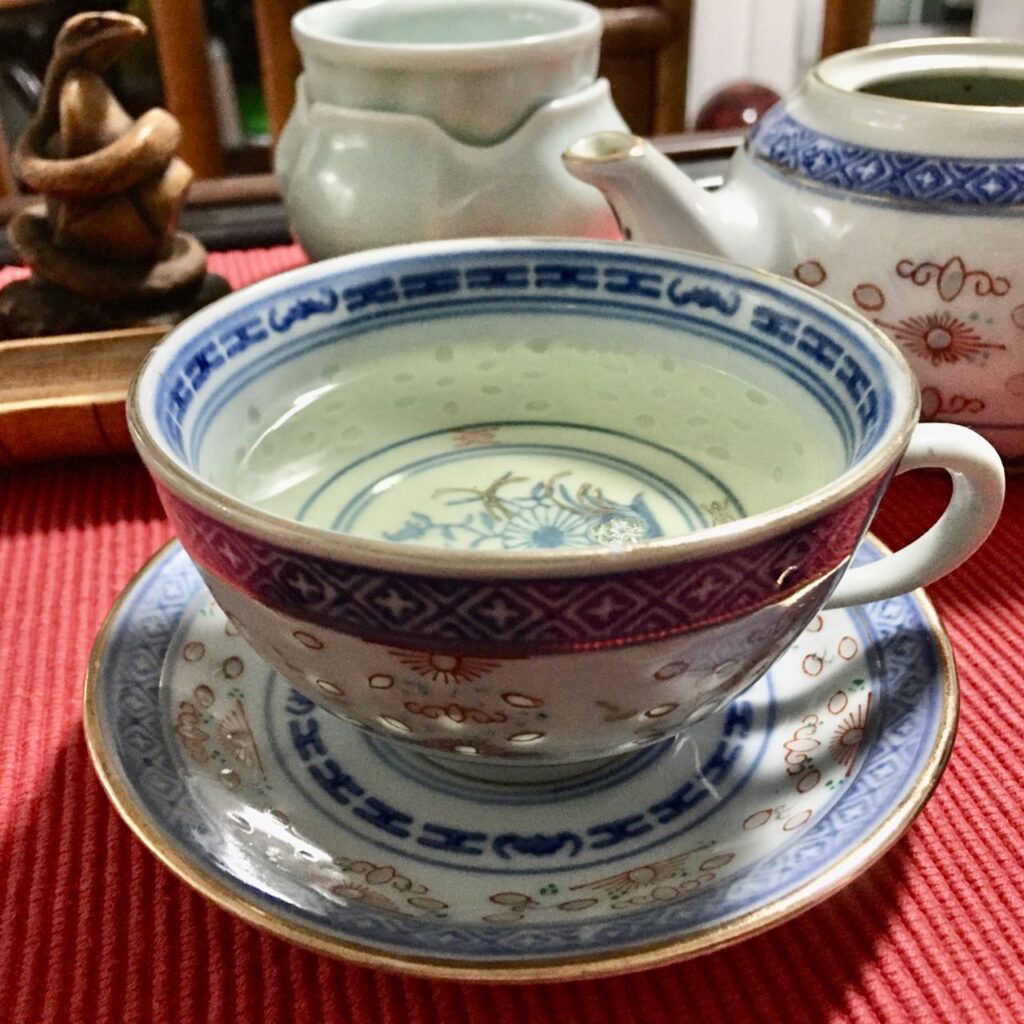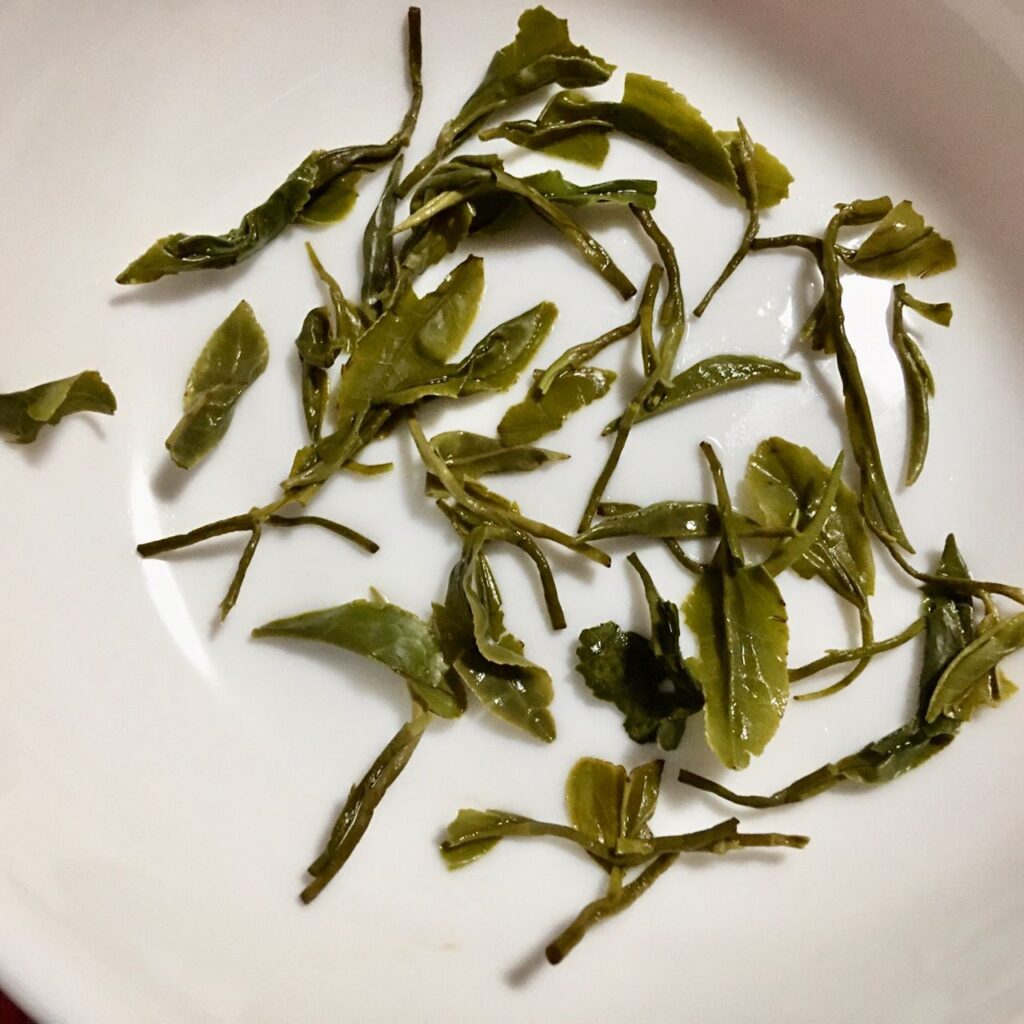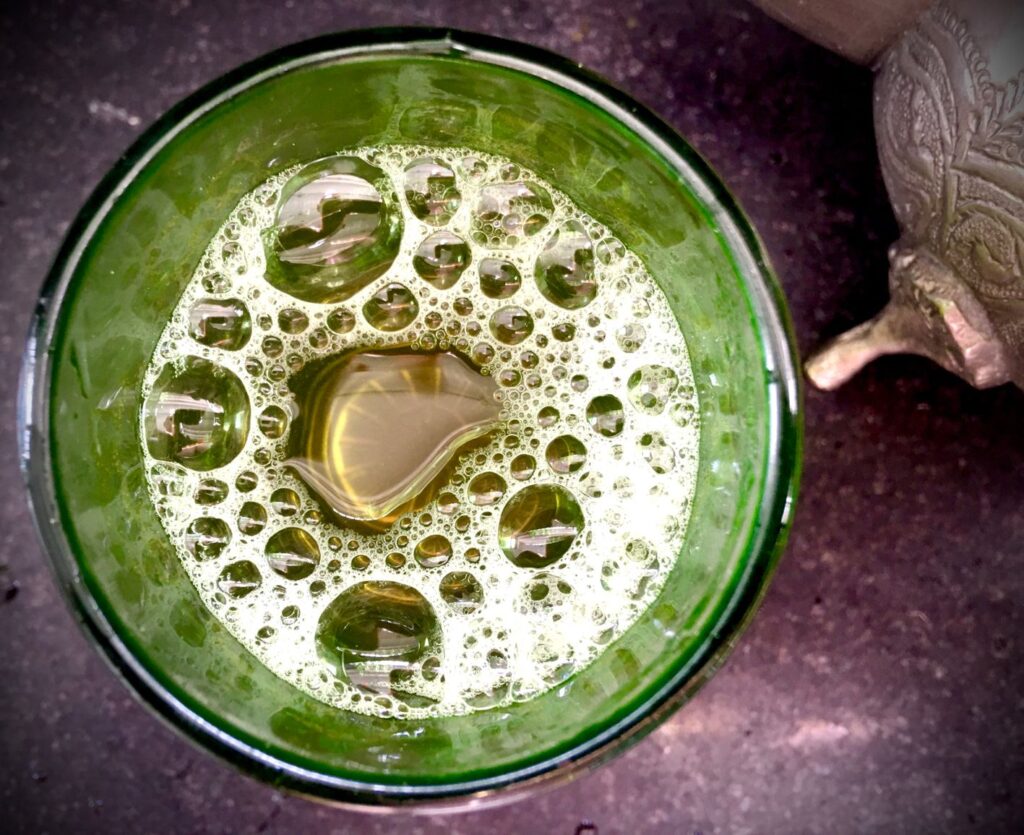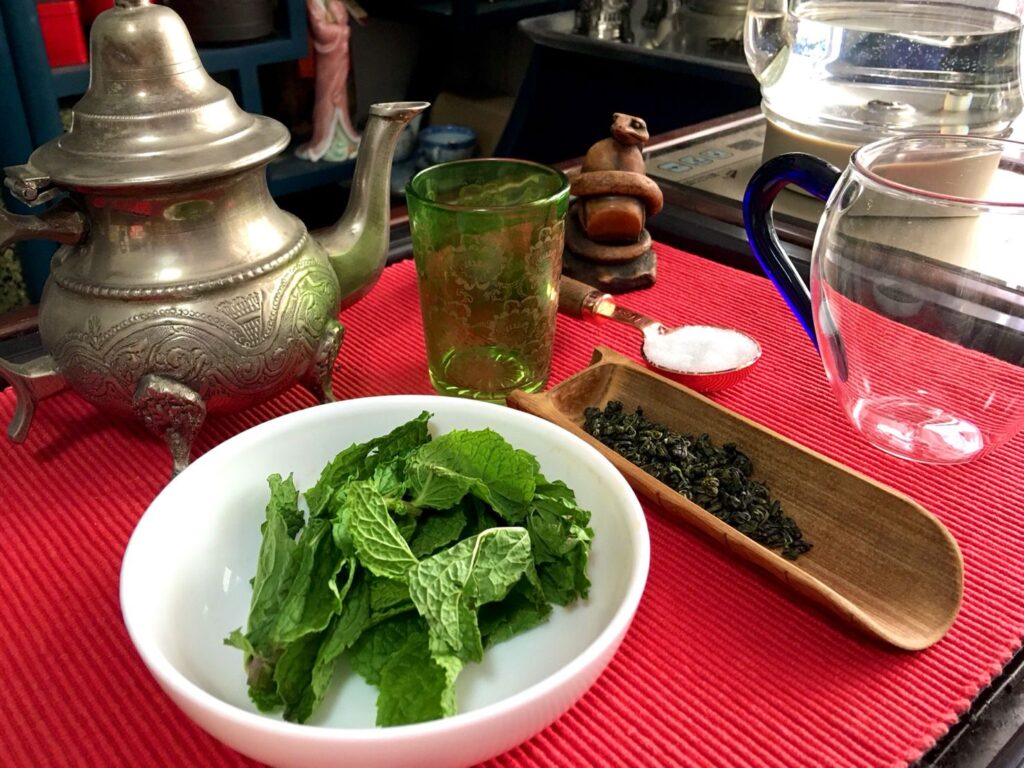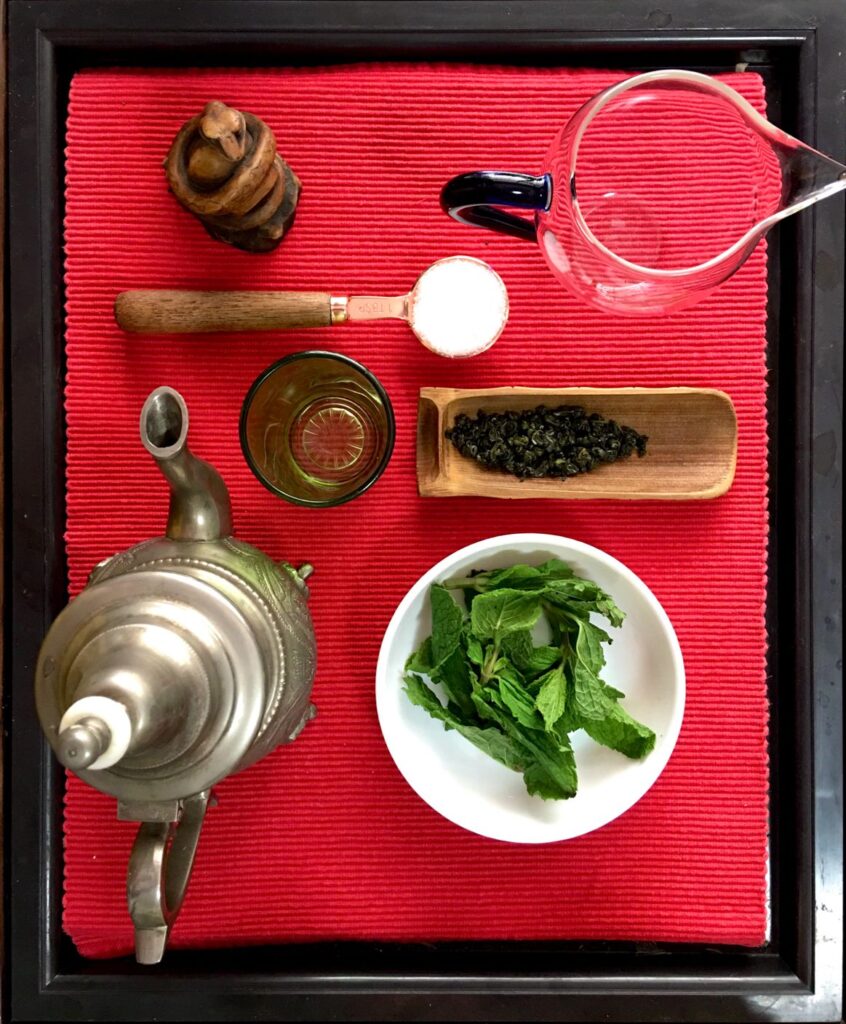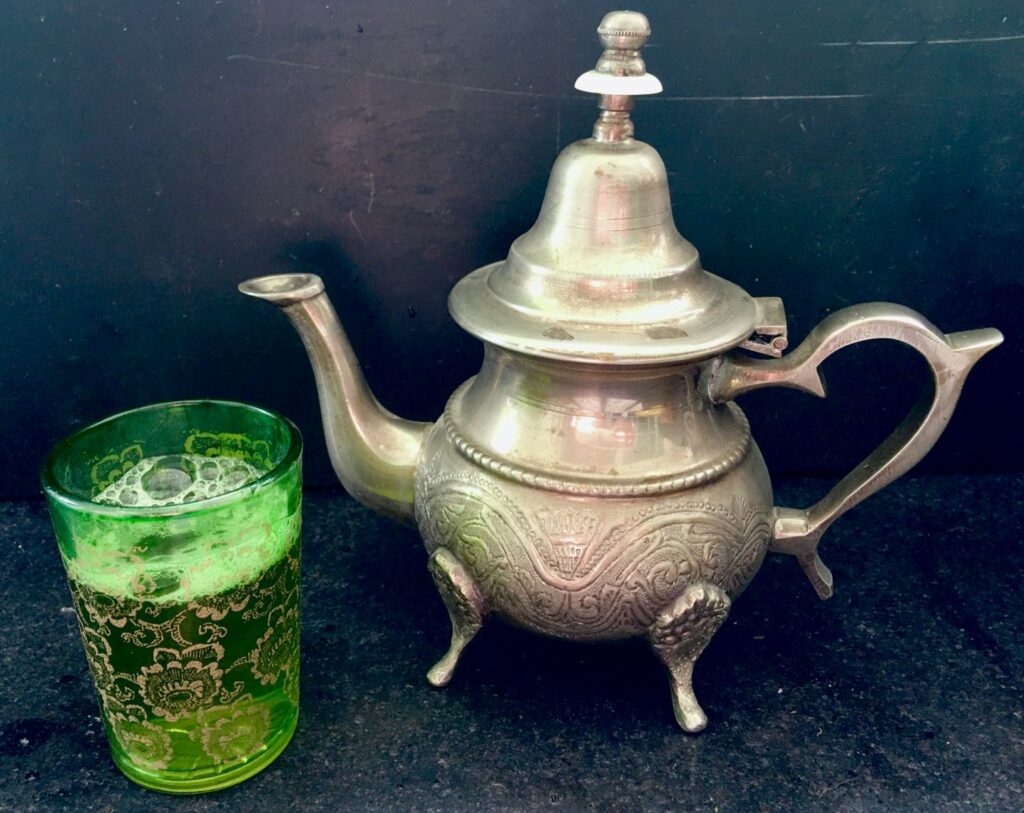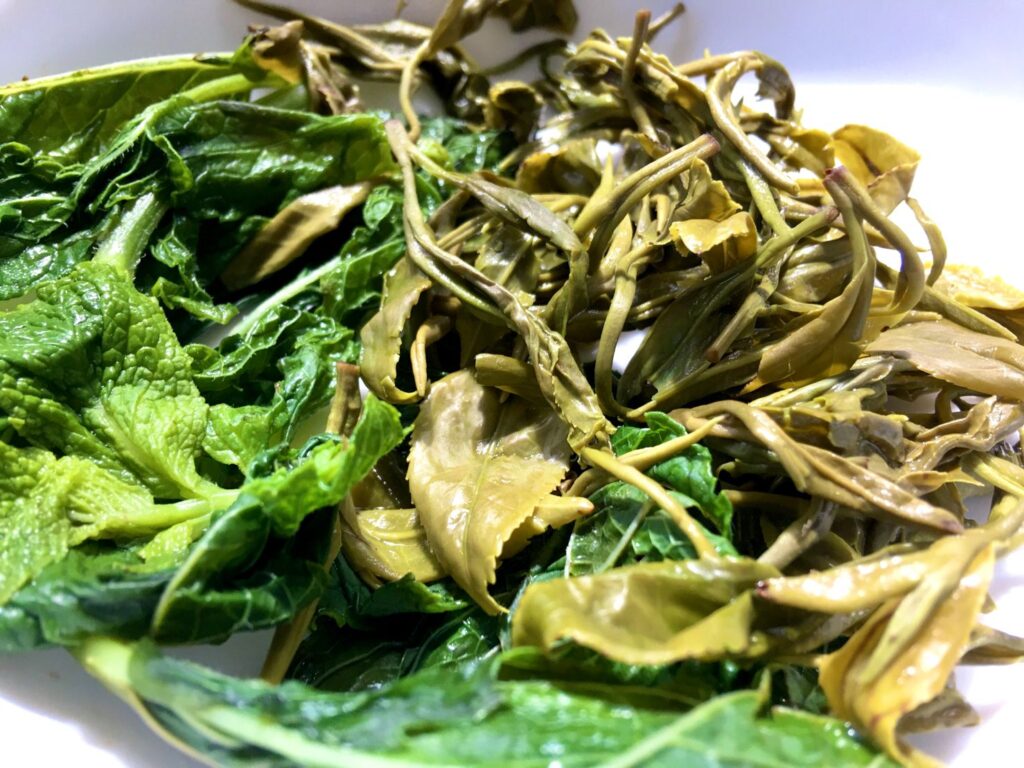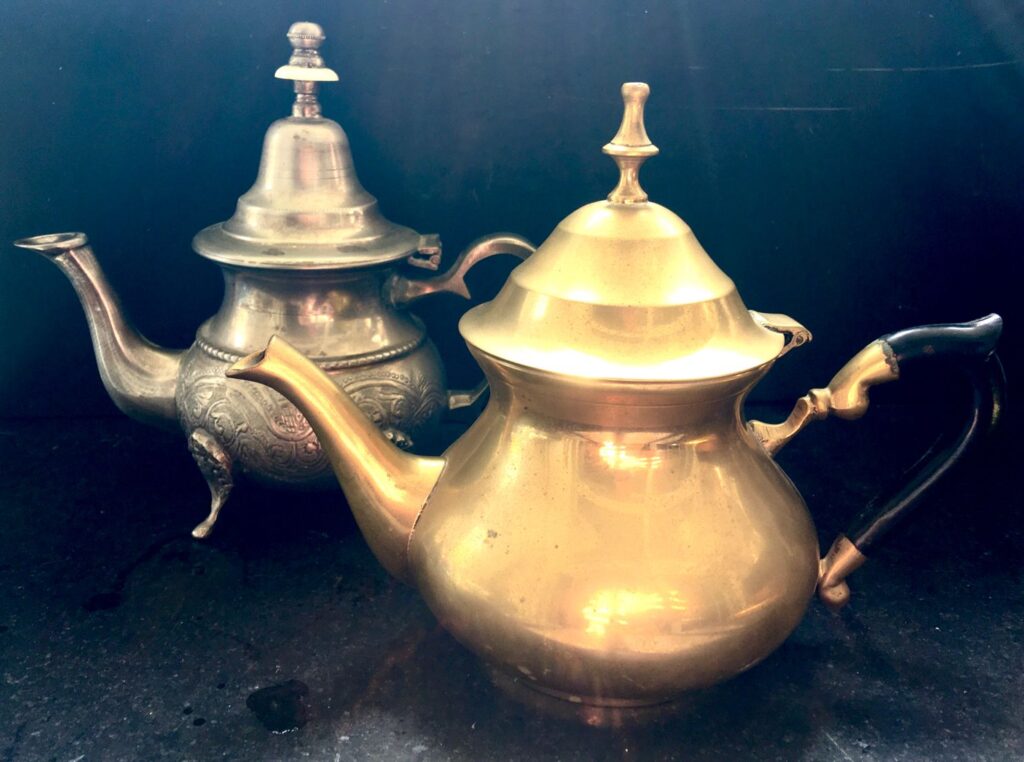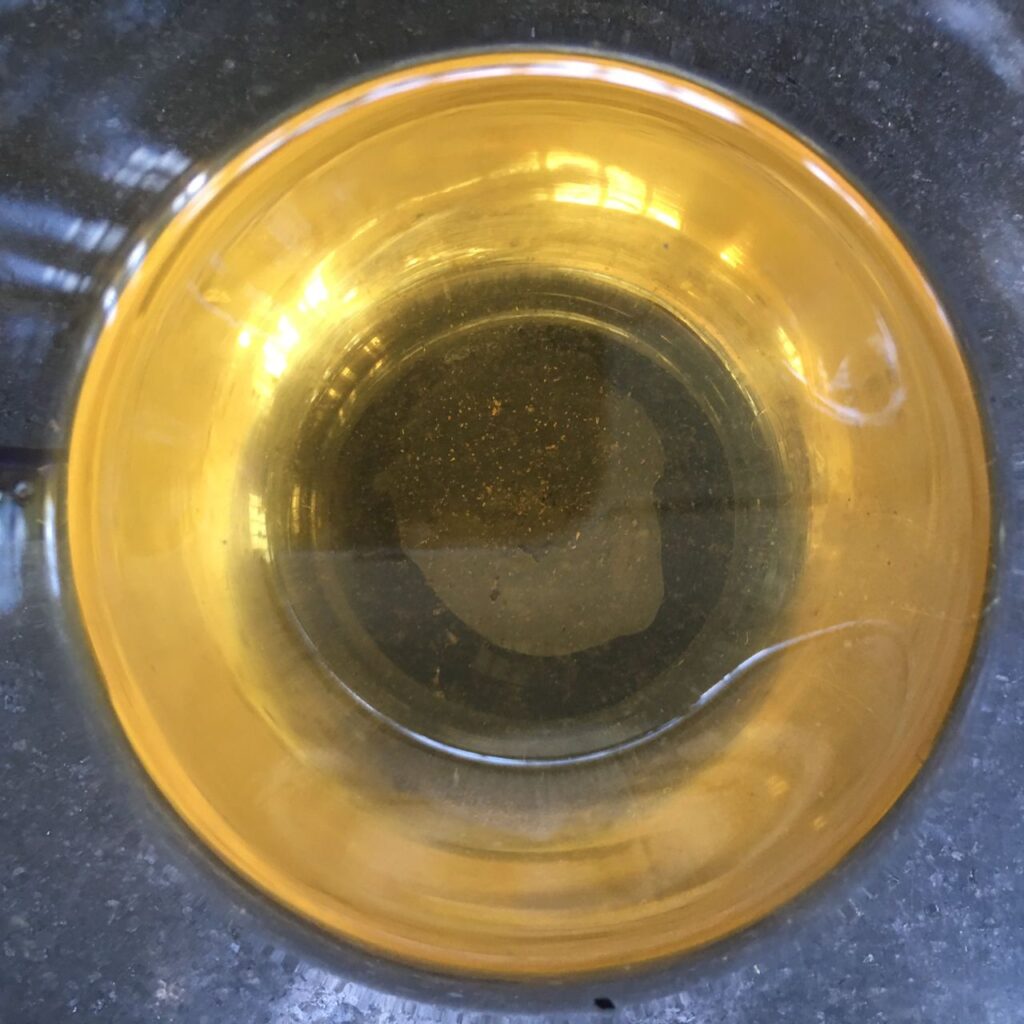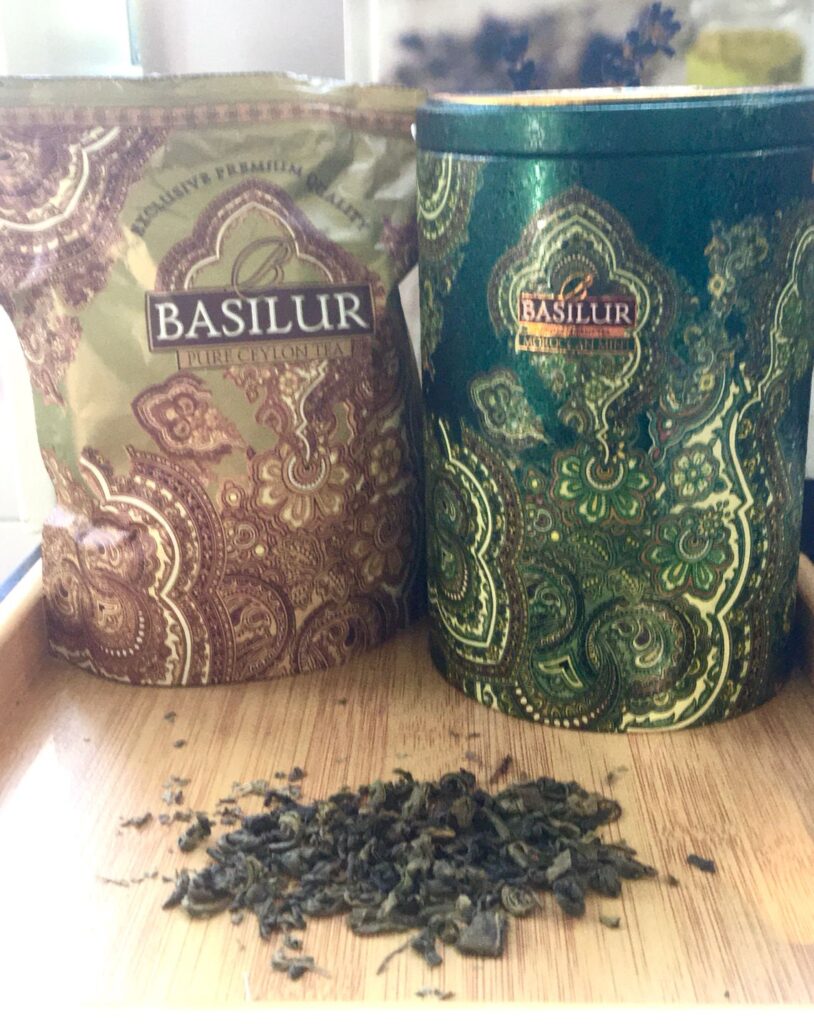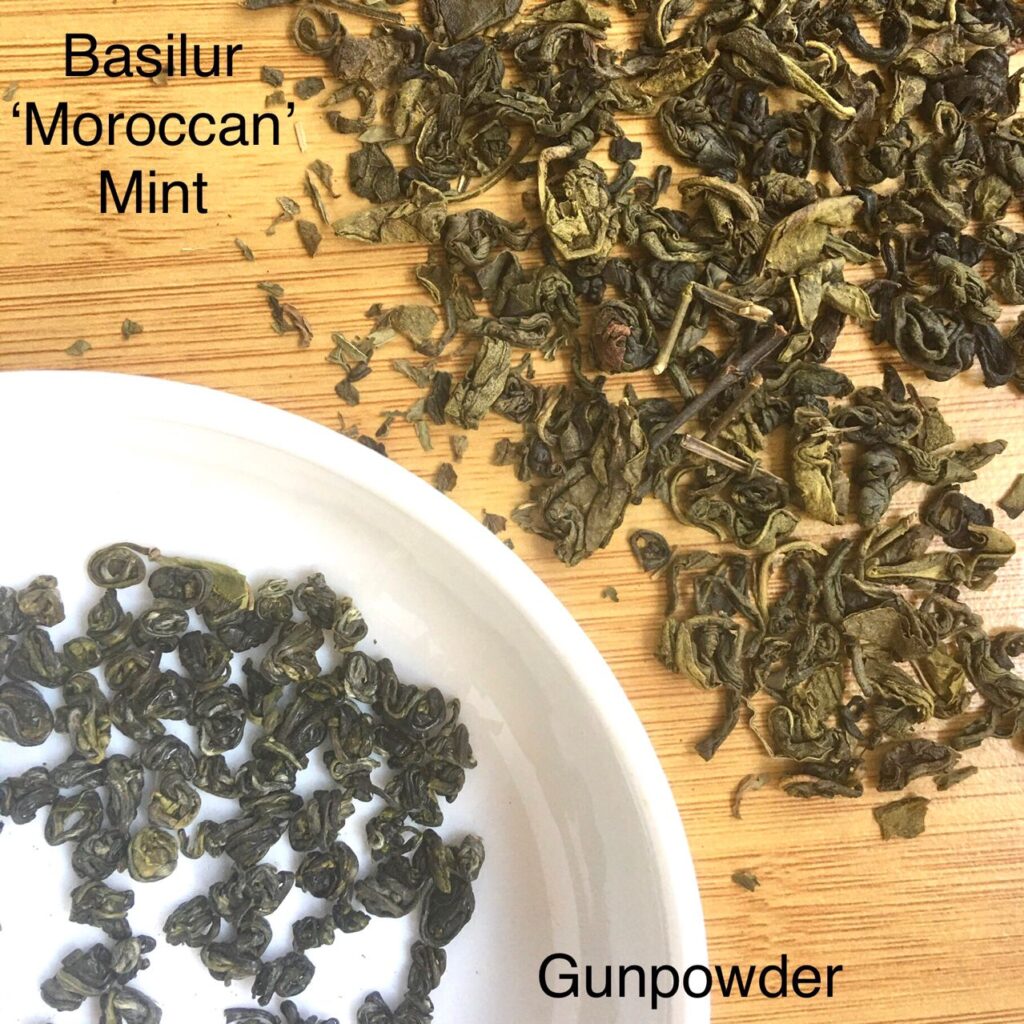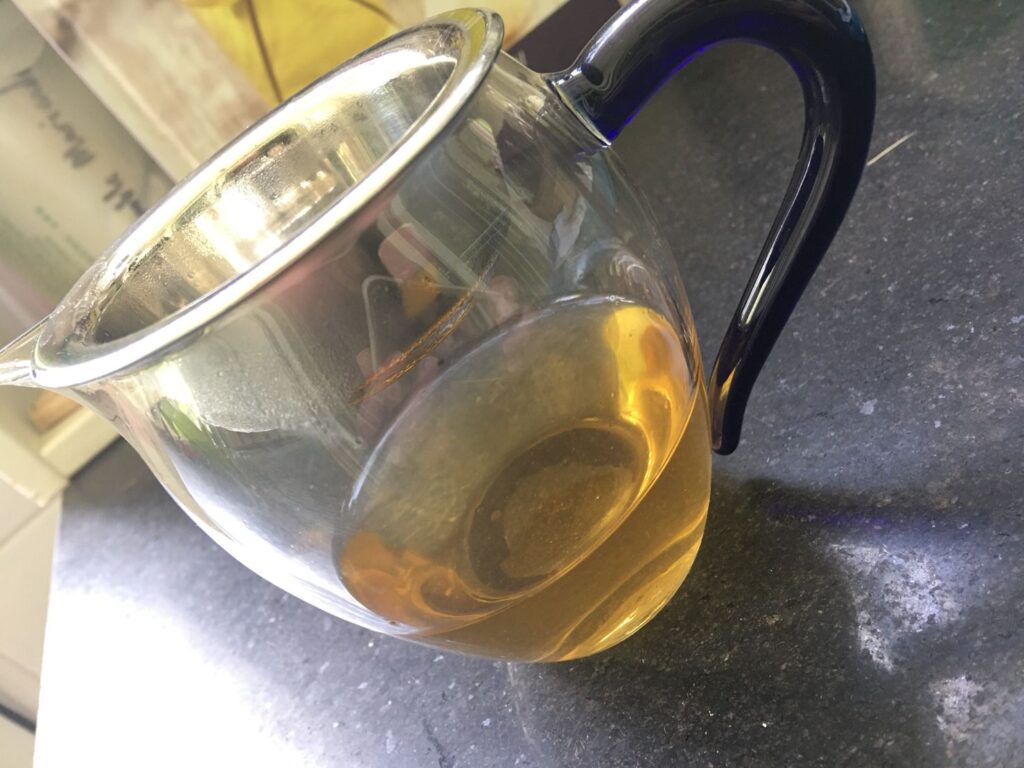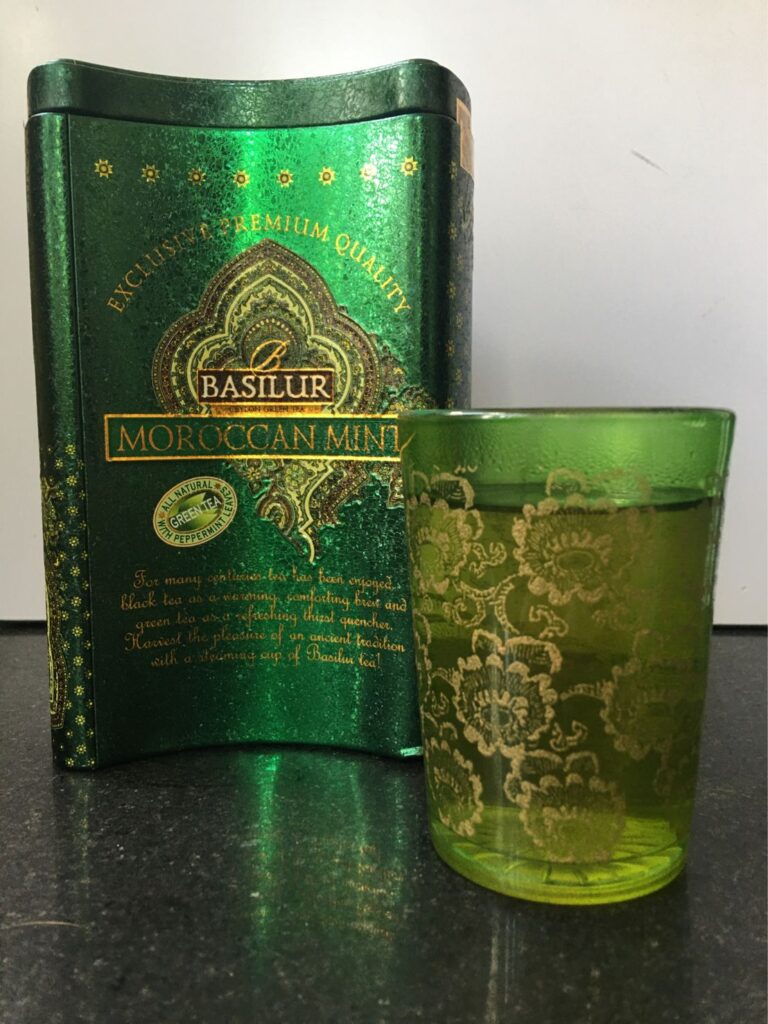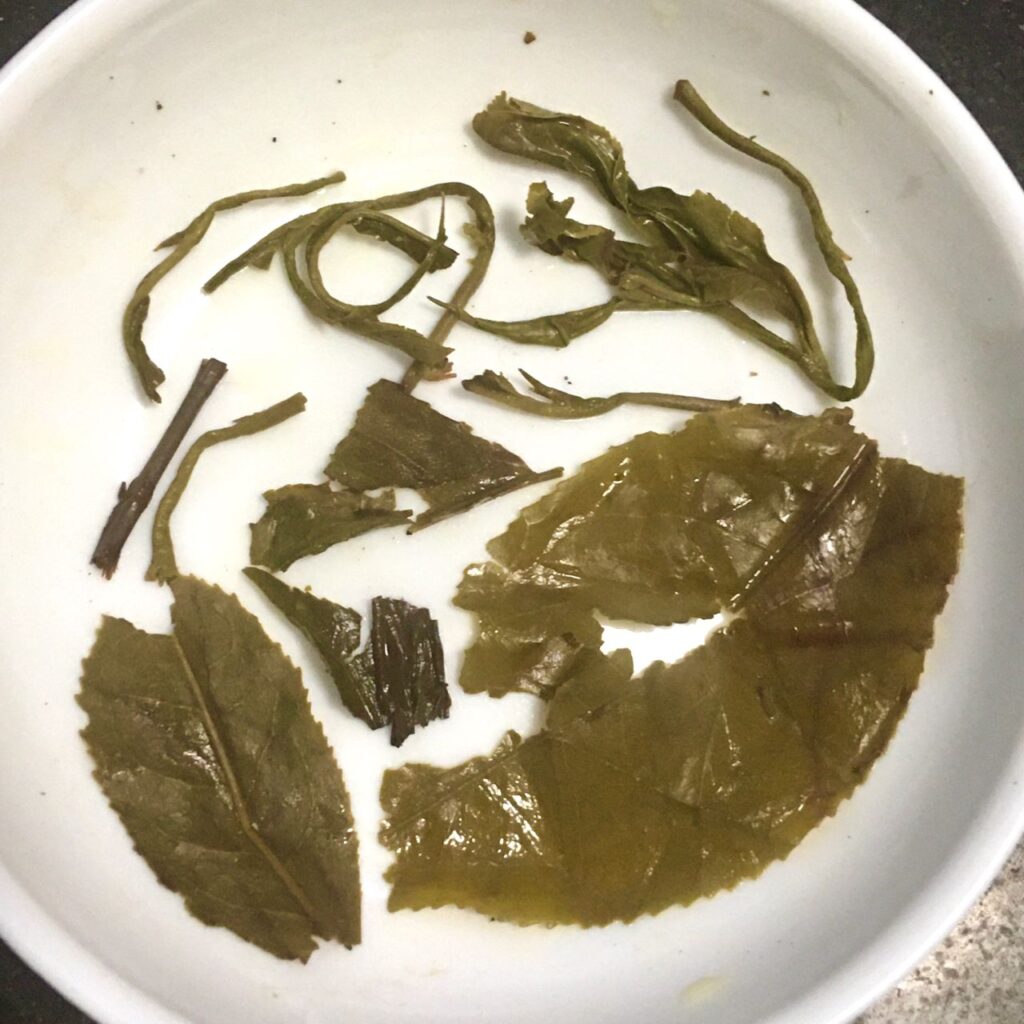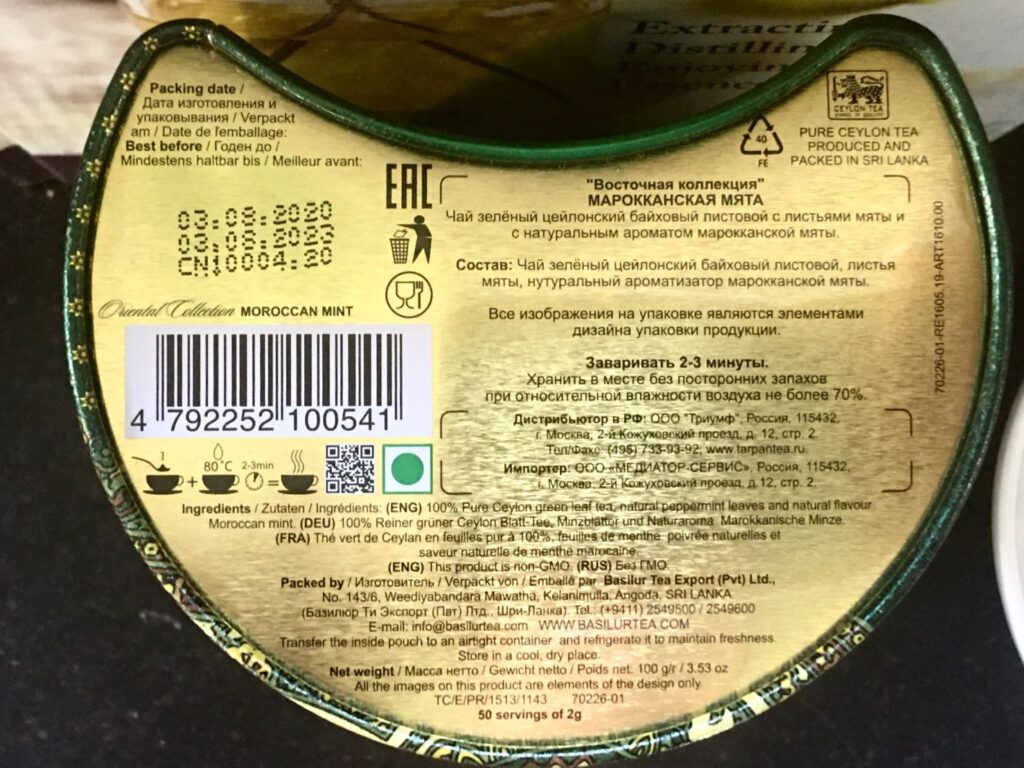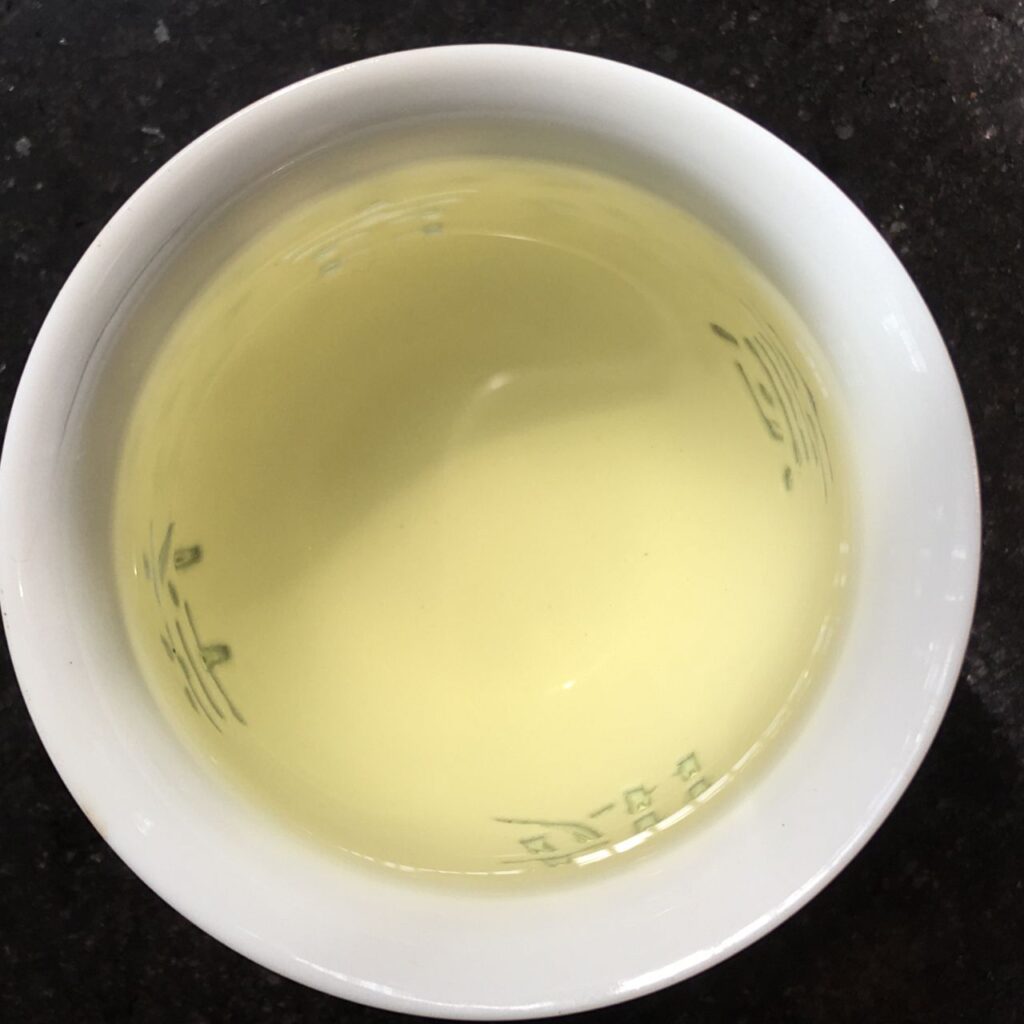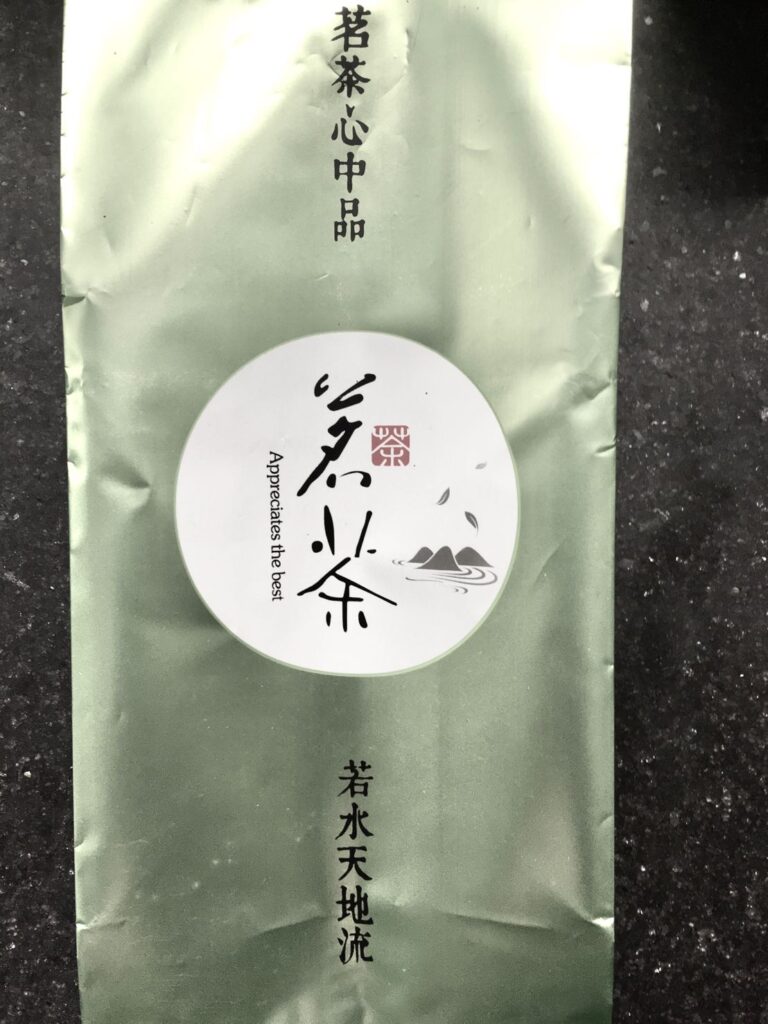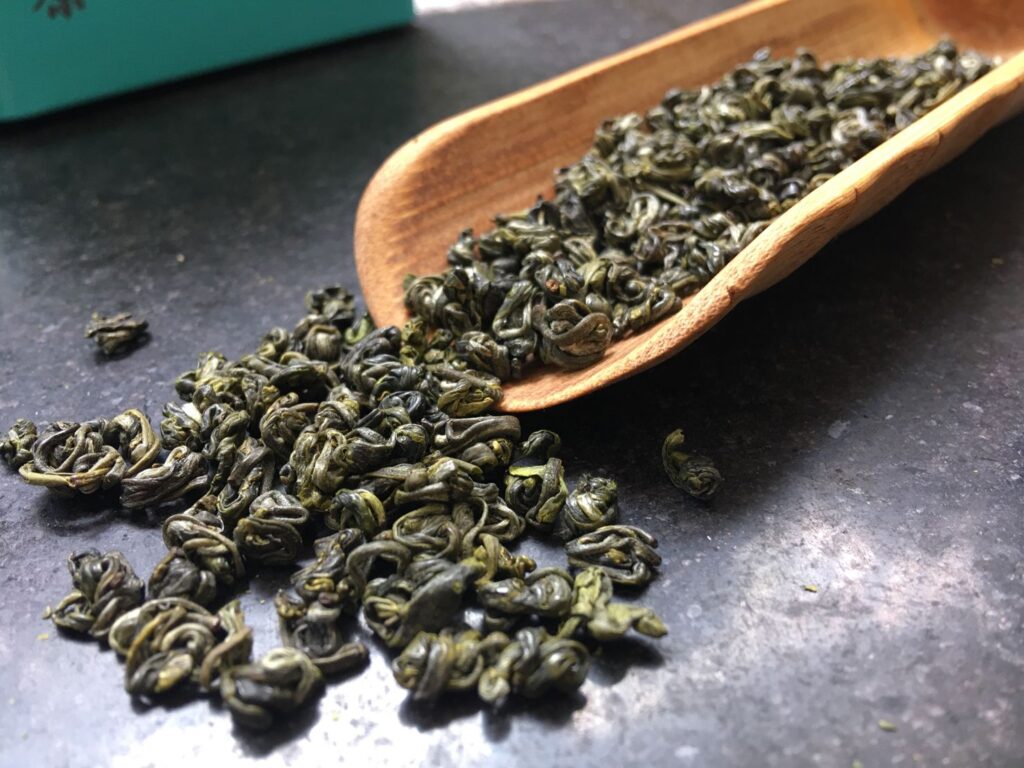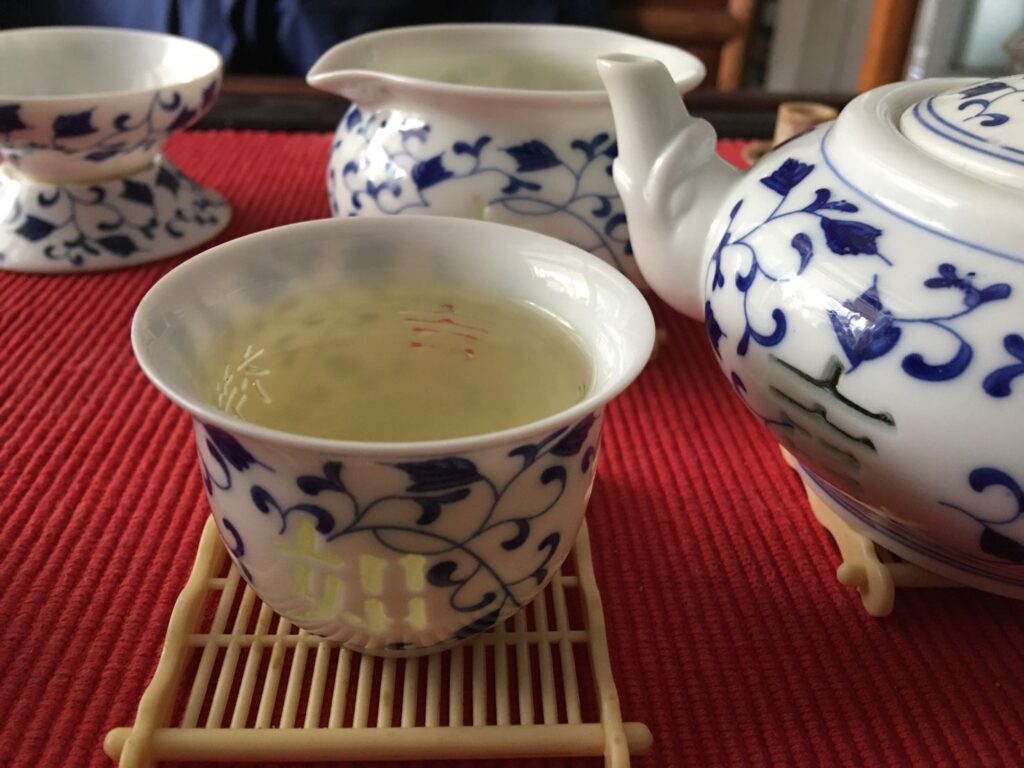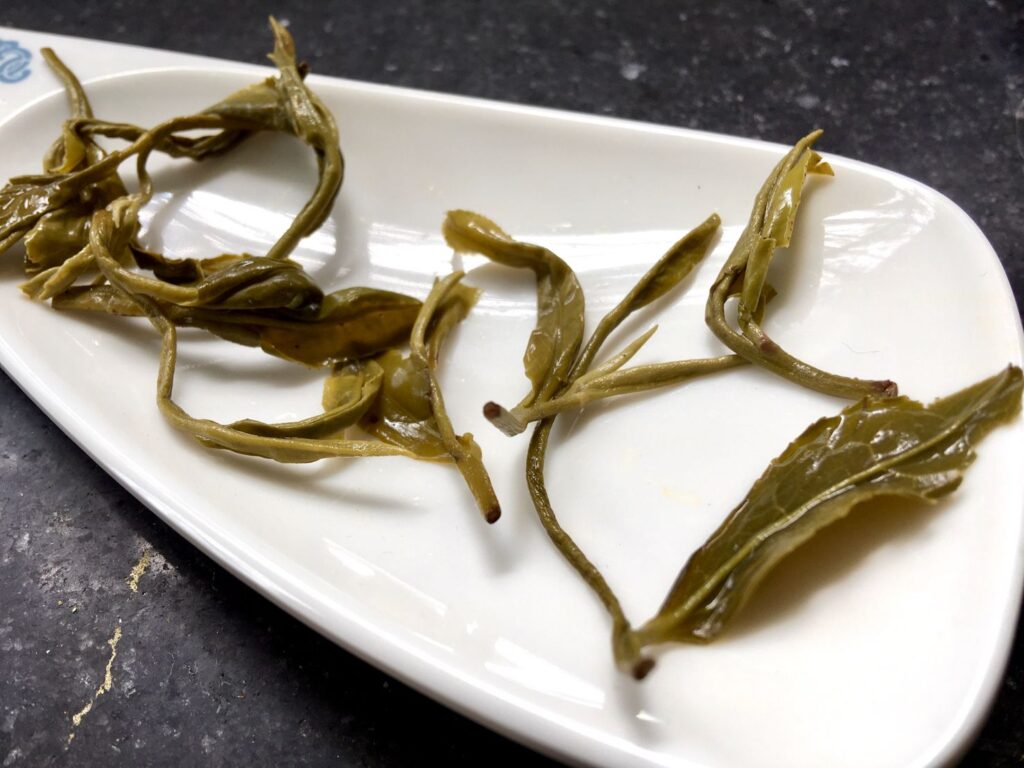Here, I am talking about the repositioning, branding, and promotion of certain segments of the Tea Industry and its marketable beverage, through the use of “trendy” terms like, Speciality Tea, Craft Tea, Artisanal Tea, Real Tea, in juxtaposition to others such as Commodity Tea, Orthodox Tea, etc., ad. inf.
Over the past twelve months, I have been an observer of a growing and disturbing trend in the Tea industry, and it is confusing AF.
Now, I like to think that I am an individual that carefully thinks about issues, a critical thinker, and… I know that sometimes I’m an unwelcome stater of the bleeding obvious.
Yet, when I am confused by the Tea Industry’s present struggles to come to terms with seemingly new terminology, I have to consider that many others, perhaps, may also be.
It certainly does not help when new organisations set themselves up as Industry guides, consumer & industry educators, and skills certification bodies, to openly claim that they cannot define certain terms, in a way that everyone will agree on, to then resort to virtue signally through statements of aspiration, as a way to deflect their failure to take a stance of any particular substance.
Many have tried to “define” terms like, Craft Tea, Artisanal Tea, and Specialty Tea and I commend the effort, but I also have to ask why? What purpose does this defining serve? What problem is it trying to solve? Does the problem even exist, really?
All Teas are Tisanes, but not all Tisanes are Tea. Tea as a beverage, a tisane made from the infusion of the dried leaves of Camellia sinensis in water, has been used for at least a couple of thousand years in the East, and for several hundred years in the West.
As the second most consumed beverage in the world, some in the industry seem to think it now has some kind of problem? A marketing problem? A perception problem? A competitor problem? A… I’m not making enough money out of this, problem? Who really knows.
The problem as I see it is, the industry, or the segment(s) of the industry that the problem impacts, has not stood up in unison and clearly defined the problem at hand. Instead, individuals: farmers, producers, blenders, sellers; have said, “Hey! I a problem here and “WE” (the industry) have to fix it, because if we don’t the consumer, or regulators will.”
From the outside looking in, it appears that individuals have looked at the success that other beverage industries have had in differentiating industry segments and marketing that to consumers, with envious eyes saying, “I want a piece of that pie, but in my market.”
Accordingly, they have then “borrowed terminology for other beverage markets and tried to plaster them over the Tea Industry like a band-aid on a child’s imaginary, “oww-oww.”
Craft Beer defined itself by contrasting small scale, seasonal, batch brewed, beer that changes character from year to year, as fundamentally different, in intent, spirit, character, and production to mass produced, industrial, “commodity” beer that maintains a high degree of uniformity and consistency from season to season and year to year.
Presently, the Craft Beer Industry is struggling with issues related to when is a Craft Brewer too big to be a Craft Brewer? The goal posts on this have been revised a couple of times already.
Specialty Coffee, a term that is not uniformly defined or agreed upon in coffee circles, is basically defined as a set of aspirational qualitative principles that can and should be measured that ought to be applied through the entire supply chain, from bean to cup.
Presently, The Specialty Coffee Industry is struggling with corruption, deceptive practices, and rorting of the quality standard they aspire to, resulting in challenges to consumer confidence.
Real Ale was a term coined to address the near demise of consumer choice and access to Cask ales in UK pubs. Due to various bonded relationships between large scale, multinational corporate owned breweries and pubs, cask ale was being squeezed out of the “local.”
Presently, under the guidance of CAMRA, Real Ale is making a comeback, however, the popularity of larger still far exceed that of ale.
Artisanal, Hand-crafted, Slow Food classifiers have been coined and used to differentiate small scale, local, home-made produce and products from mass-produced, supermarket, bulk store commodities. It implies a certain amount of mastery and artistry, “Gong Fu” in the production of limited quantity produce and products.
Presently, these terms cannot be scaled beyond a single, small scale homestead, or farm to larger global distribution. It is purely a localised, community based phenomena, as it should be.
The Problem then, as I see it, is that proponents of the use of such terms in respect to tea, DO NOT UNDERSTAND these terms and why they came about.
They look at the juxtaposition of Sub-Continental CTC and Orthodox tea production, and try to shoehorn East Asian tea production under Orthodox manufacture, to bolster some differentiation between industrial, machine harvested, and automated production-line processed (Commodity) tea, and hand harvested, manual processed tea. Machine-made vs Man-made.
With all the confusion and disagreement within the tea industry, there is little wonder that there is confusion within the Consumer market. Consumers are familiar with such terms, and there is a fair argument to be made to consider them. However, where they come from, the fundamental basis on which they were defined, and the problems they subsequently solve have little relevance to the modern Tea Industry.
The tools of manufacture change all the time, especially if those tools allow us to do the job better and/or more consistently, improving our own skill and mastery. When the tools take that skill and mastery away, it also deprives the final product of any soul or spiritual connection to the producer.
The mantra, “Tea bags bad, whole leaf good!” exemplifies the divide within the tea industry, a divide that it pinioned on the differentiation between machine-made and man-made. It also creates discord and disharmony.Both have their place.
If man-made, whole leaf, single holding, locally regionalised, terroir-based, teas are to be promoted globally as something far superior to, year in year out, constantly produced, machine-processed, human-blended, teas, then begging and borrowing terms like Specialty, Craft, Artisanal, Real, from other beverage industries and suffixing them with “Tea” is painfully pointless from a global tea industry perspective.
If the global tea industry has a problem, then it lies within itself and further introspection is in order, rather than seeking out band-aid solutions.
The global tea industry is not a homogeneous industry. There is history, and circumstance, that fundamentally differentiates different tea regions from each other, and the marketing and promotional, differentiating, “identifying,” solutions for one tea region/segment may not, and probably cannot, solve a similar issue in another.
Specialty Tea is not a global issue that must be defined, it is a regional one that consumers and retailers need to determine for themselves, based on supply chain access, and the terms and conditions of access, back to an estate, a farm, or even a single bush.
Well, that’s my rave, have at it then!
… I think I need a cup of tea.
